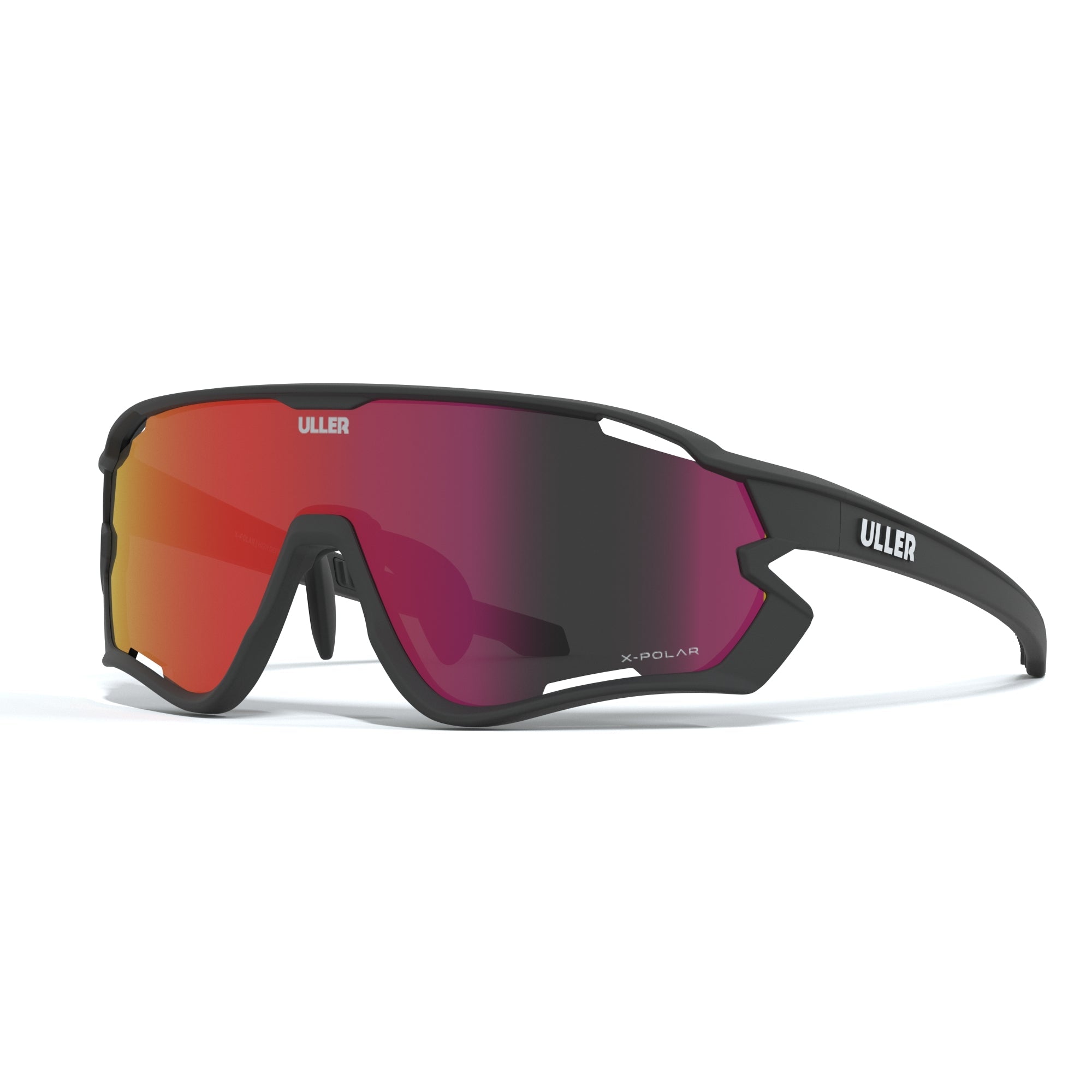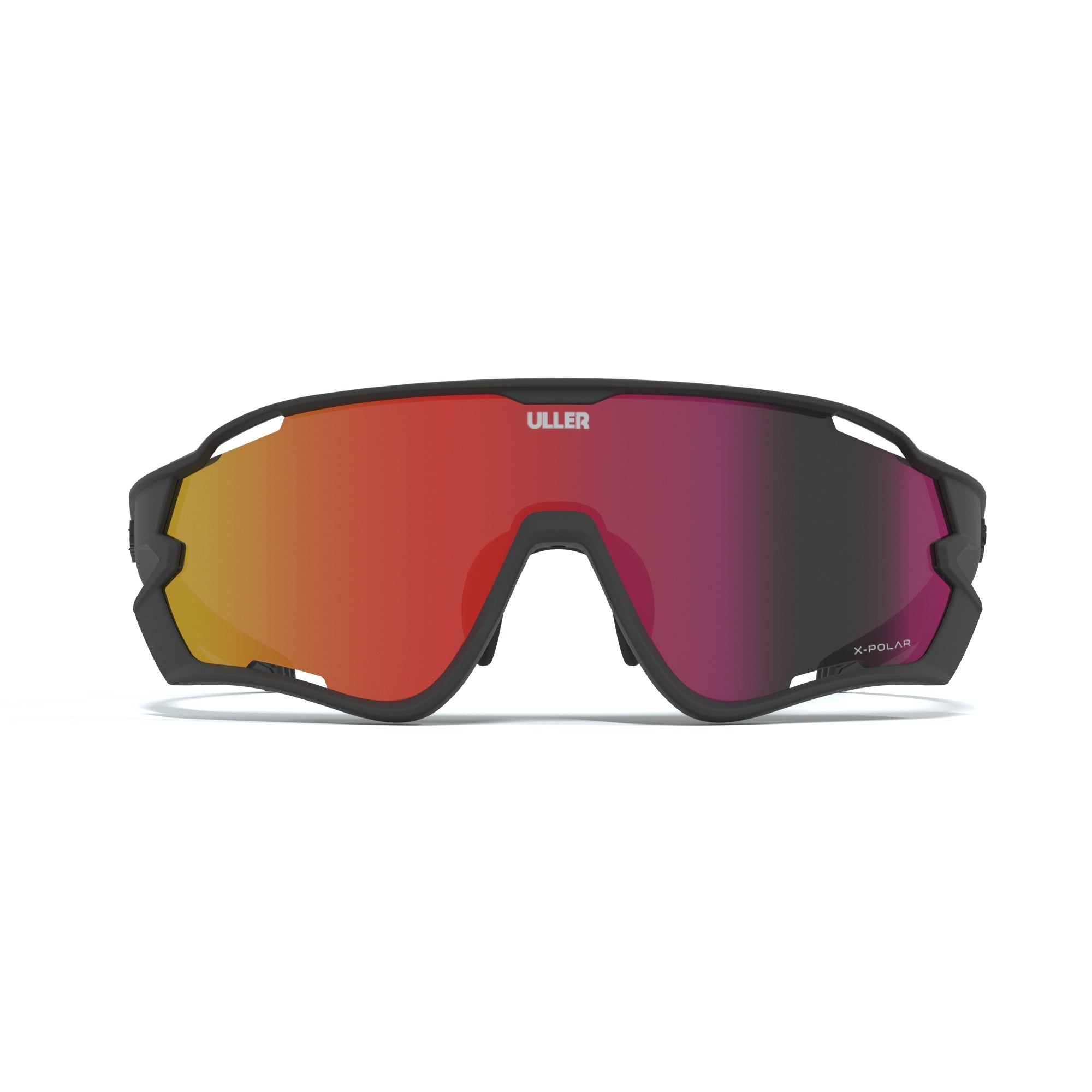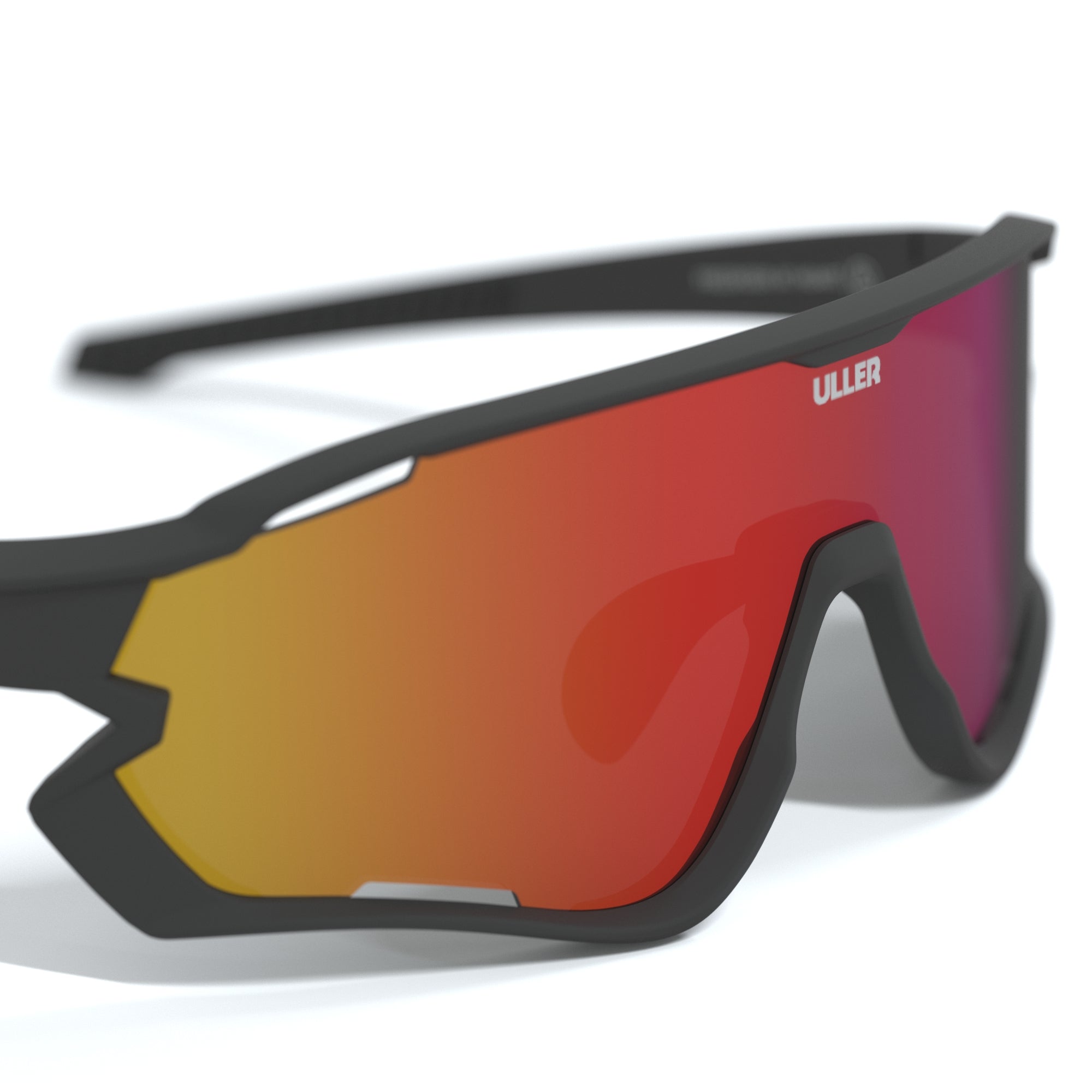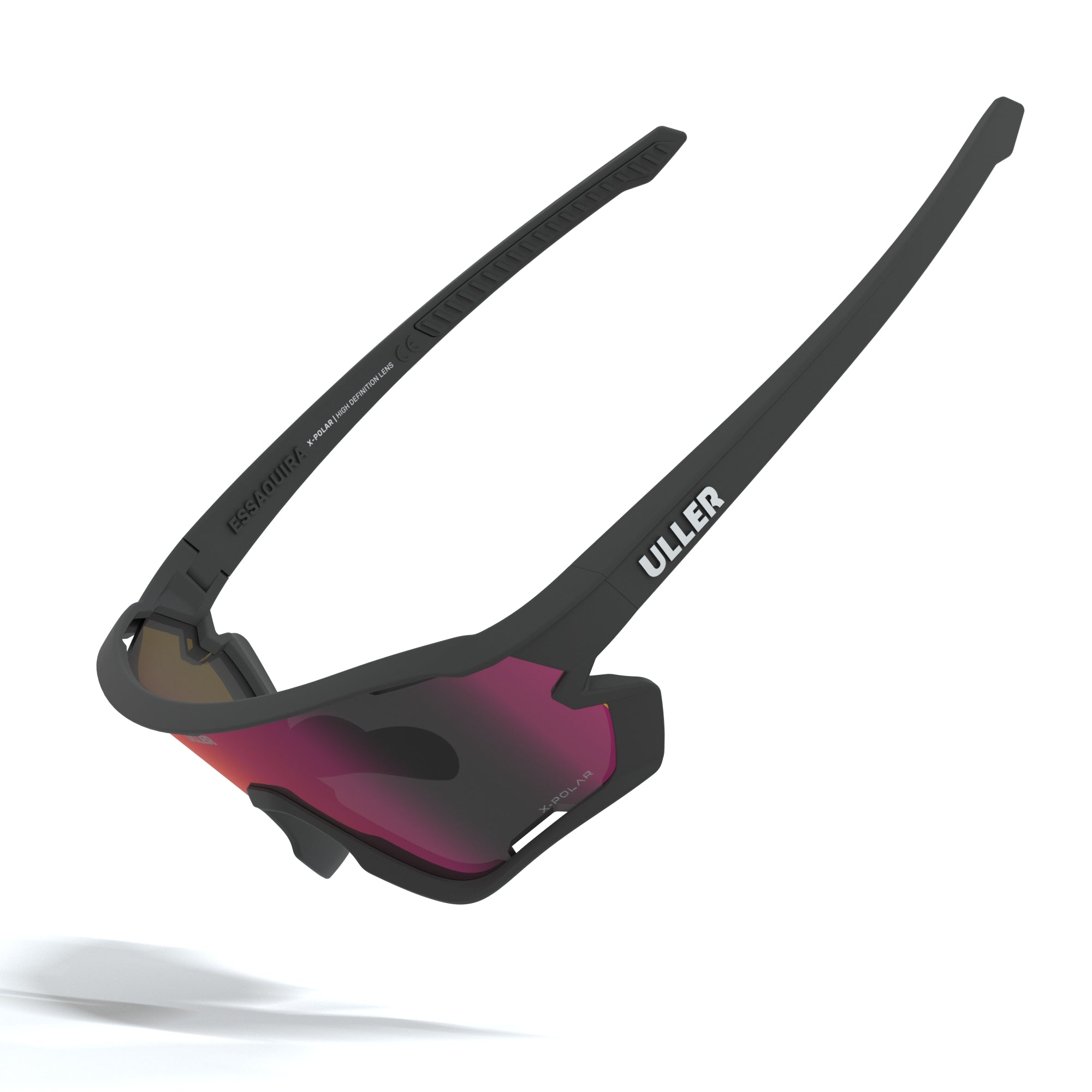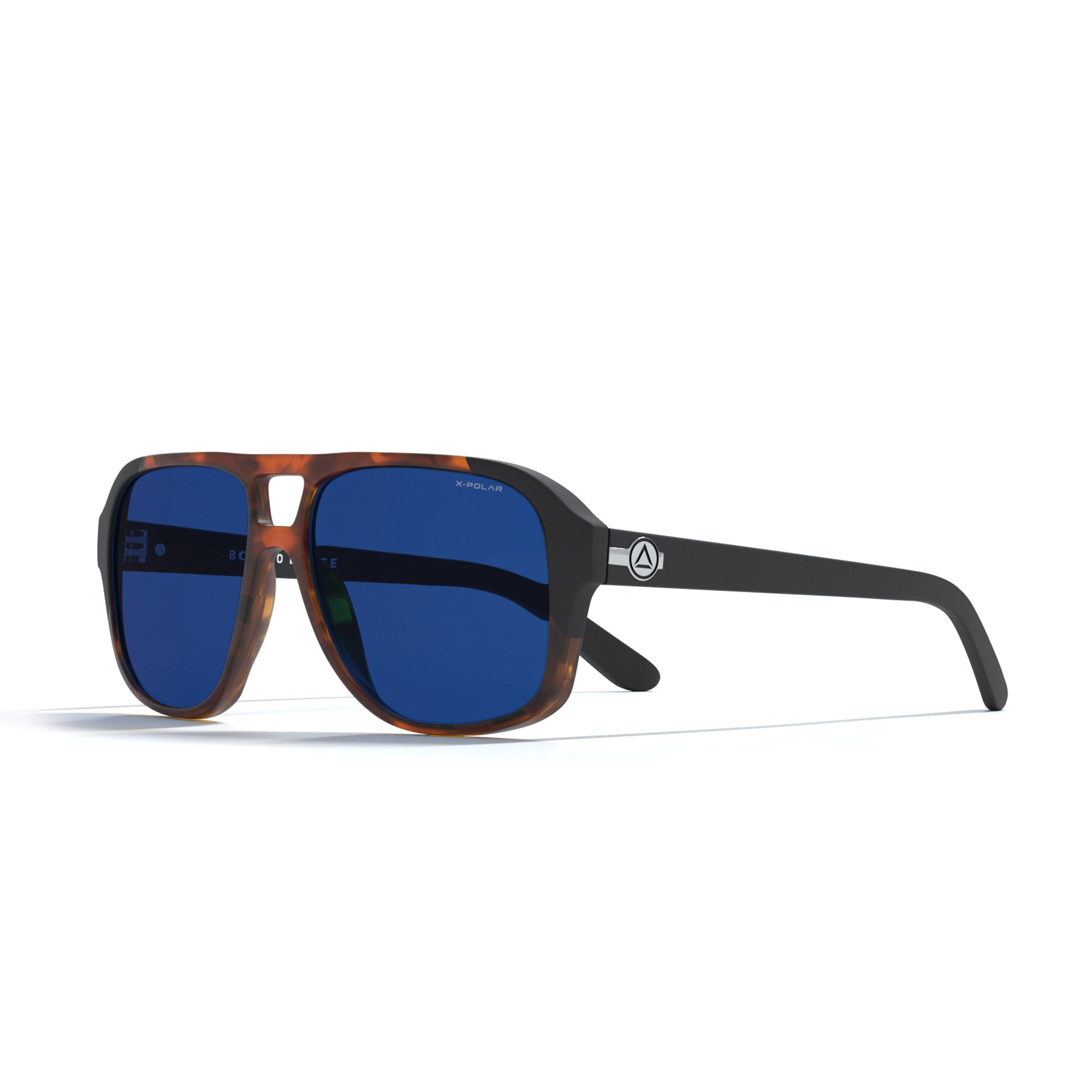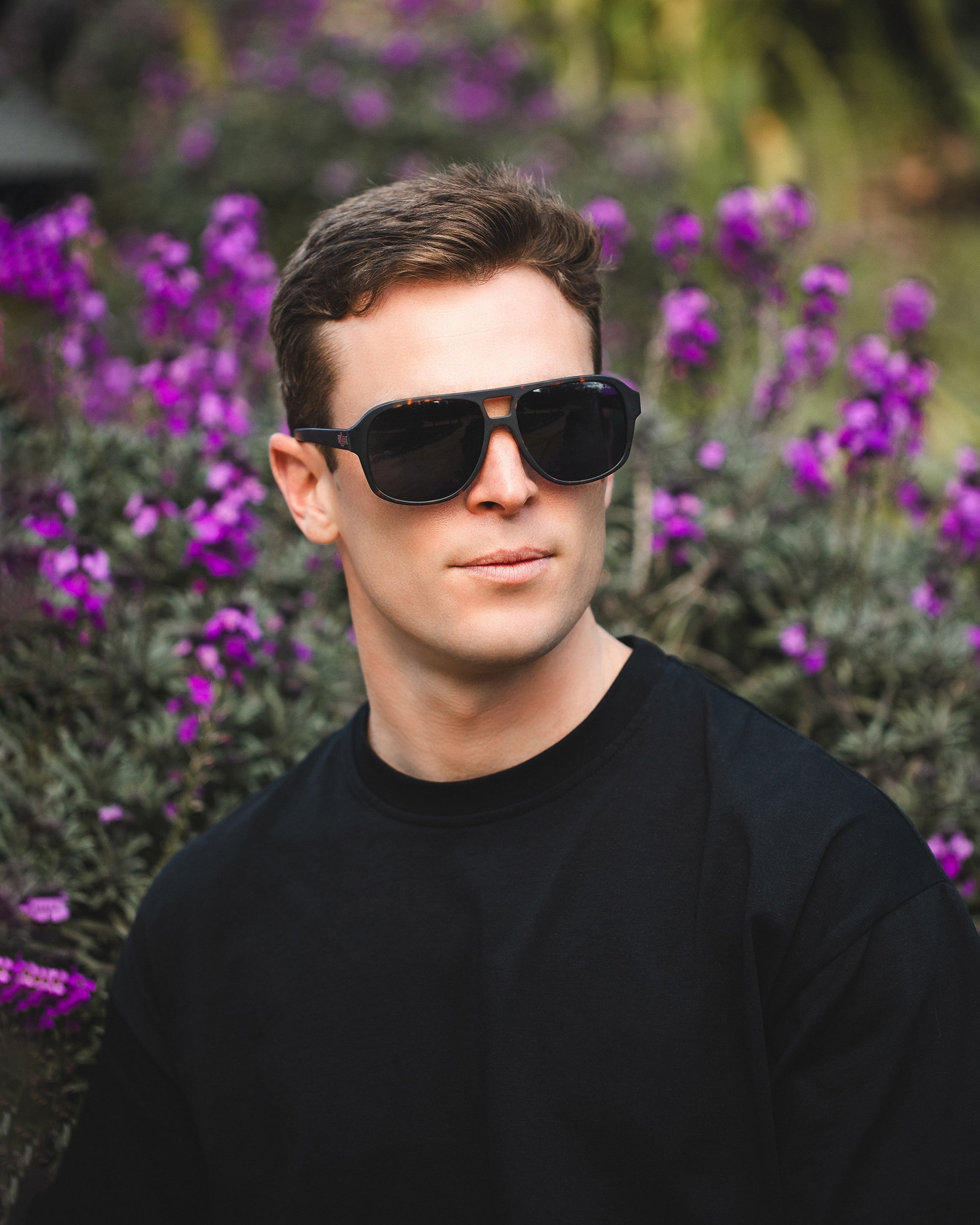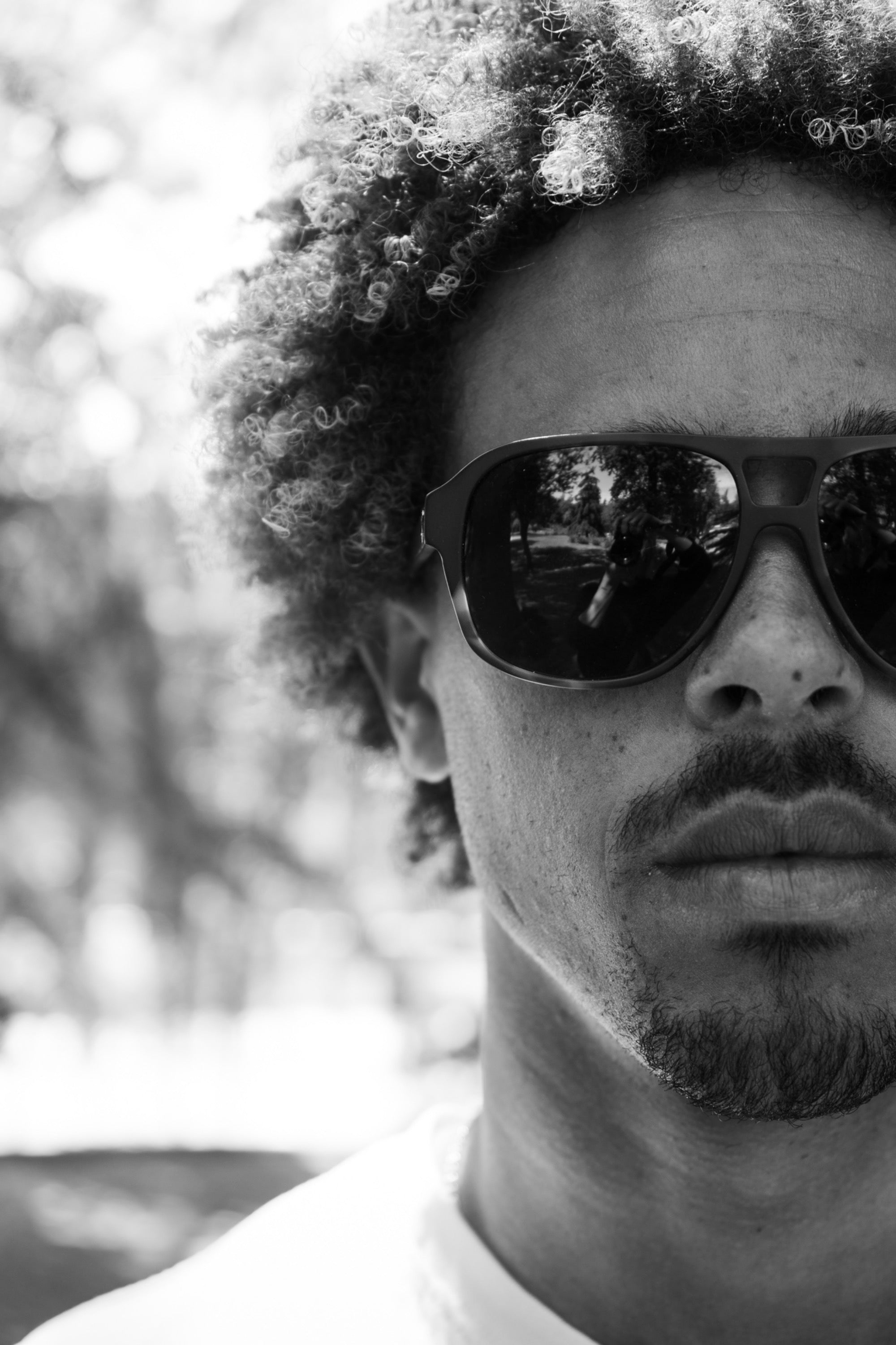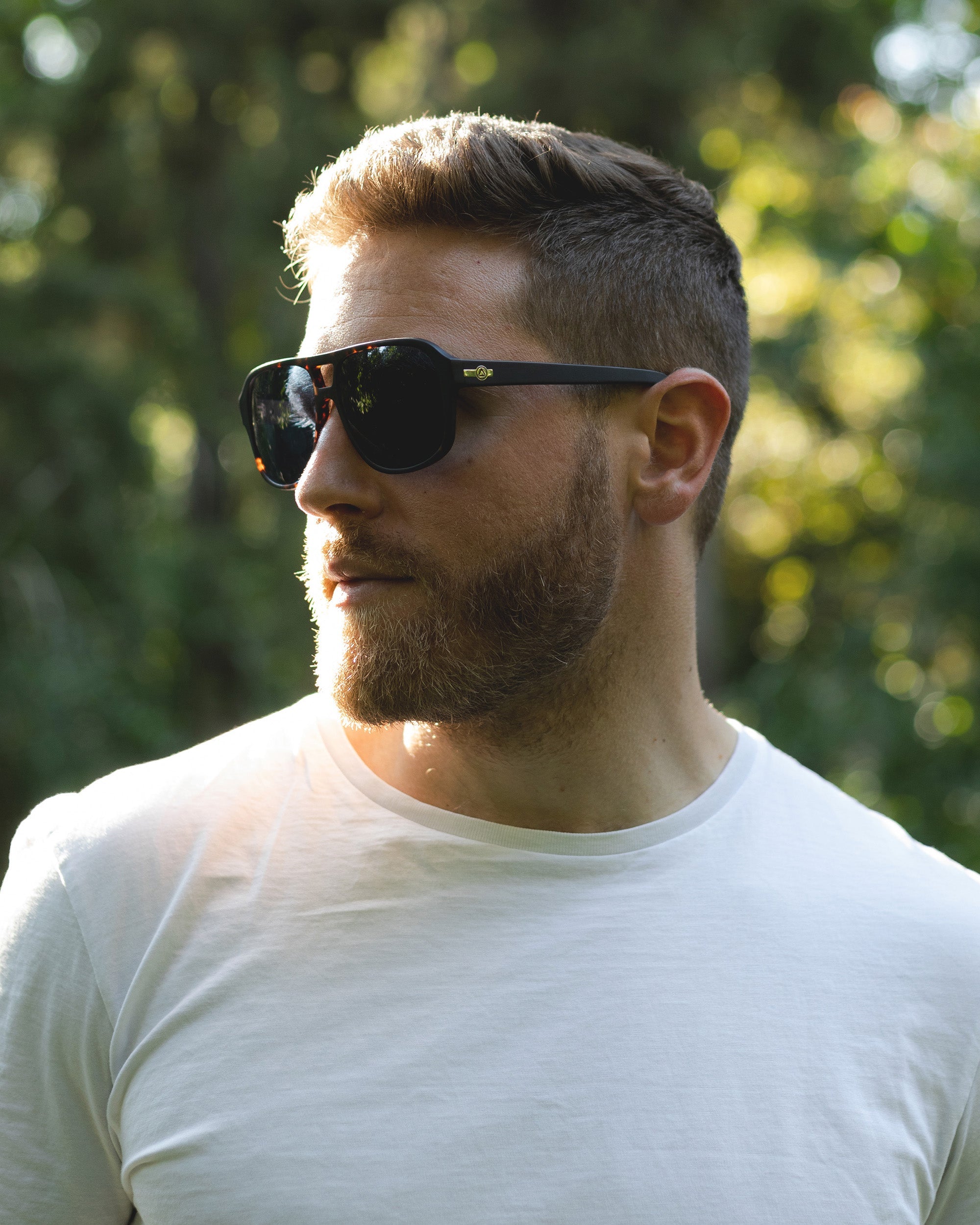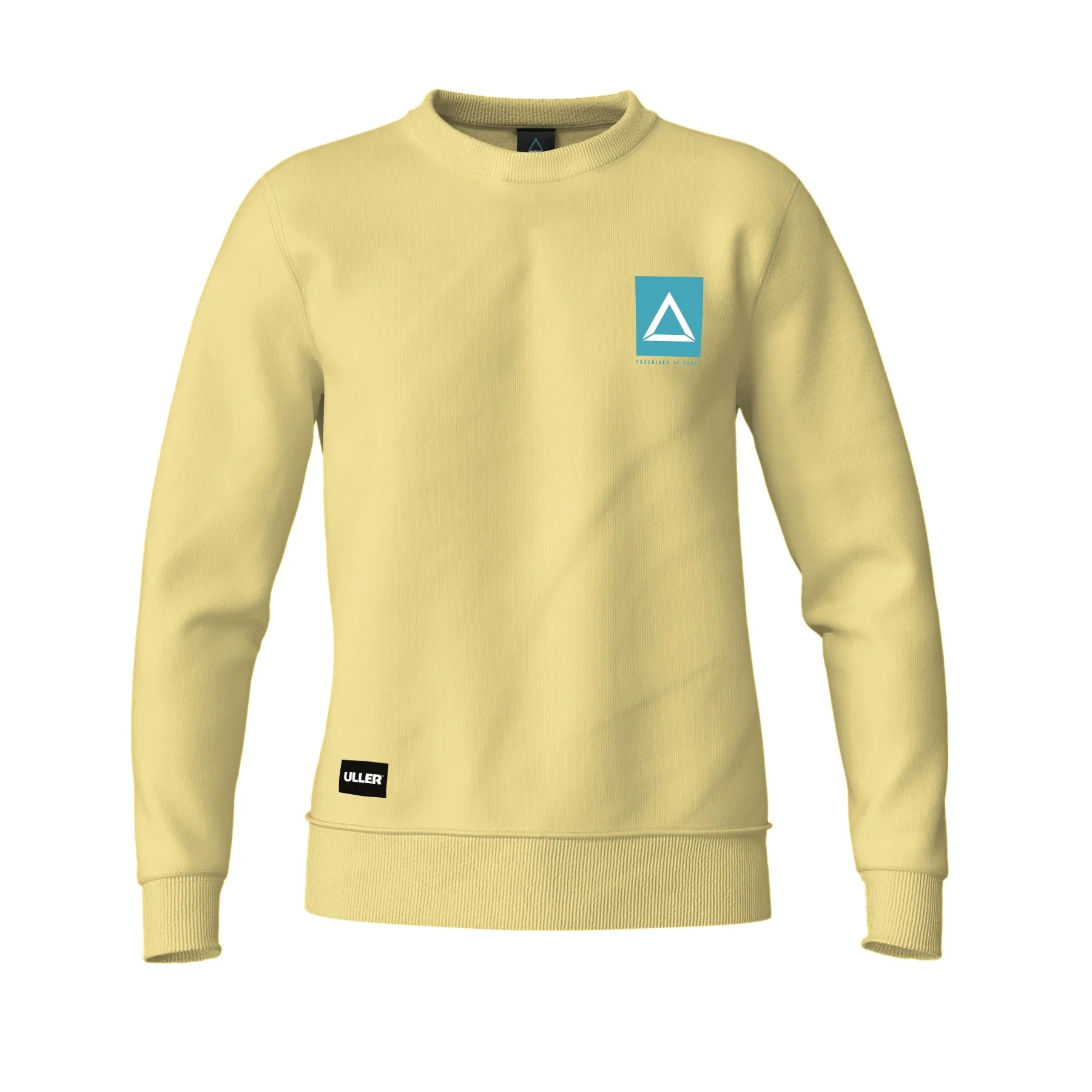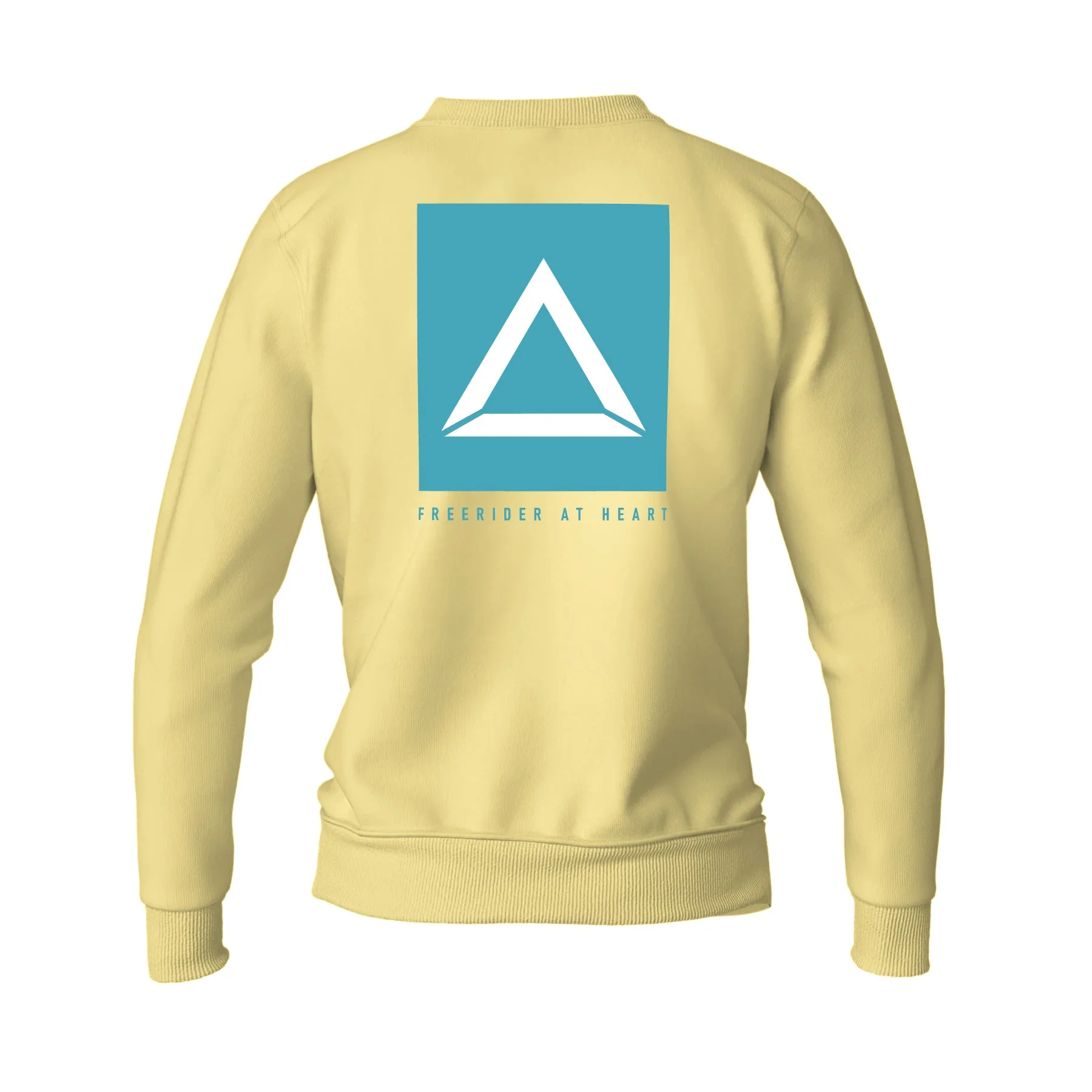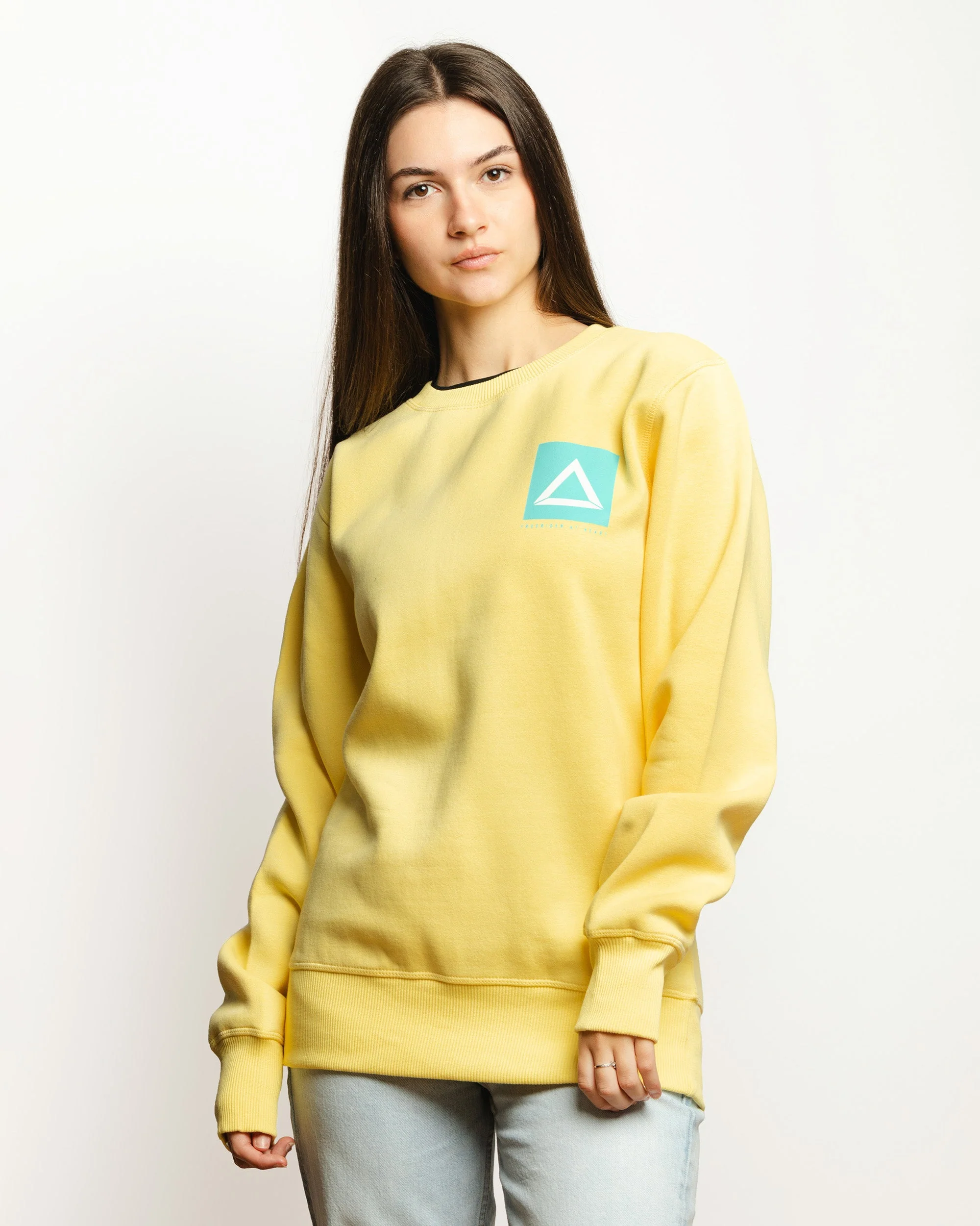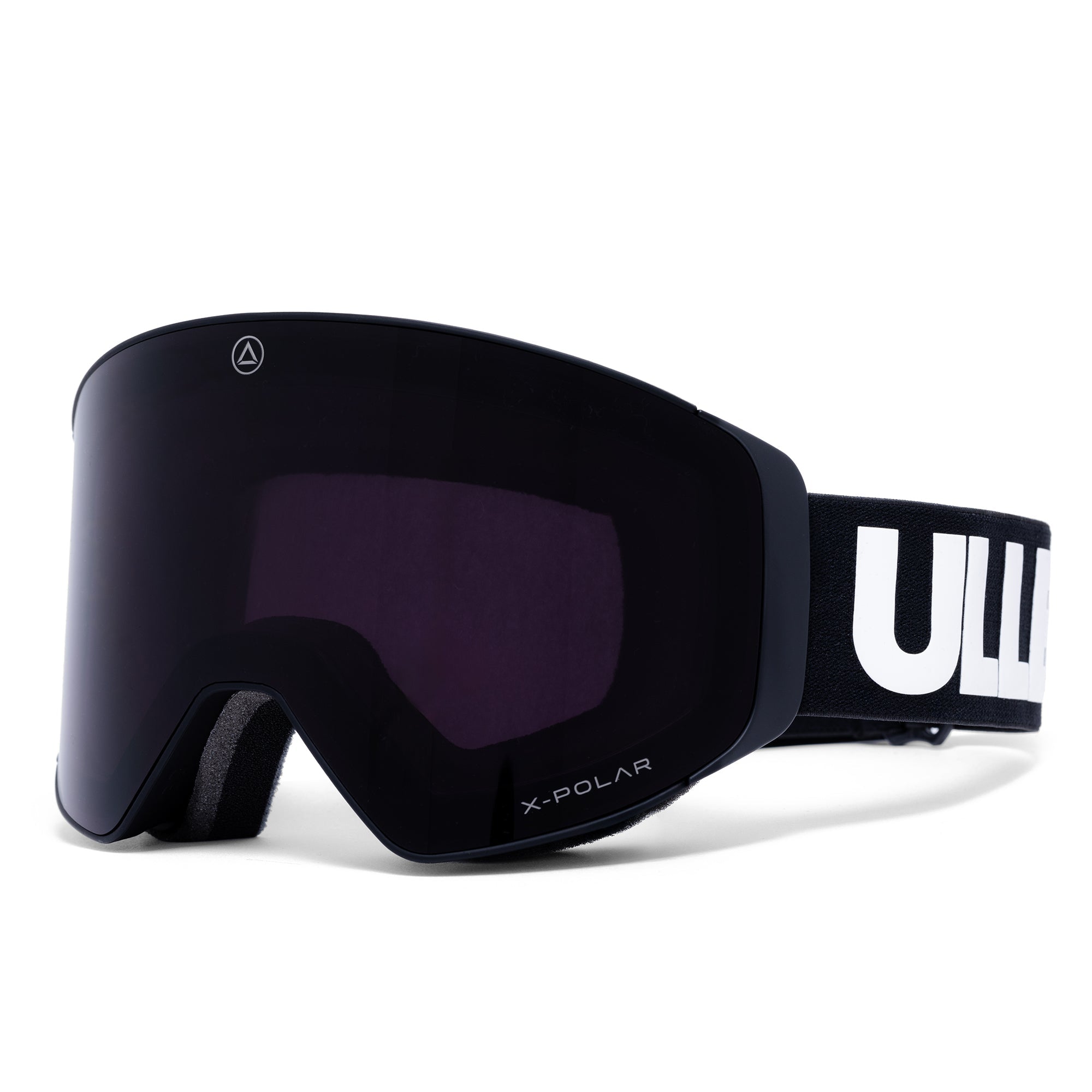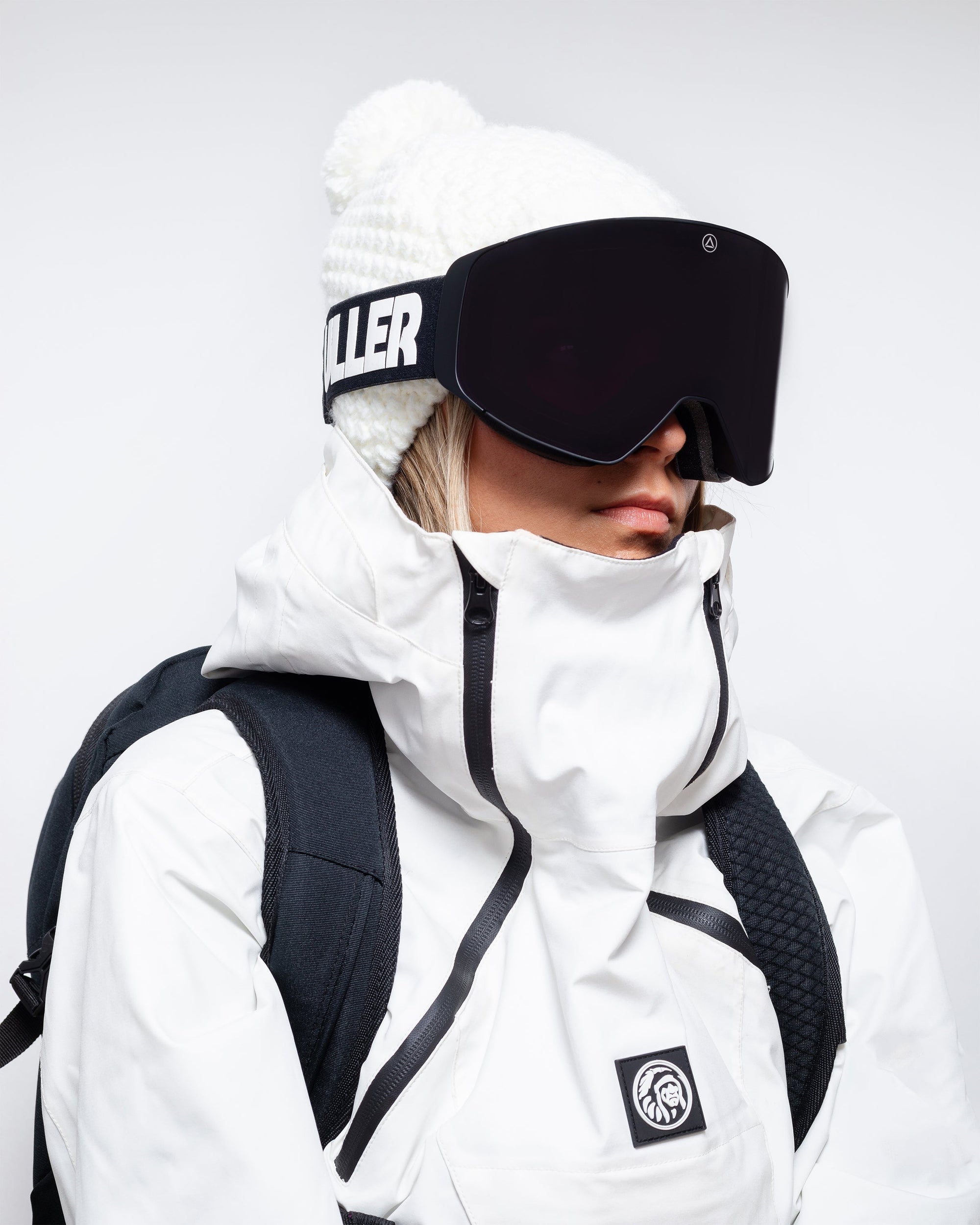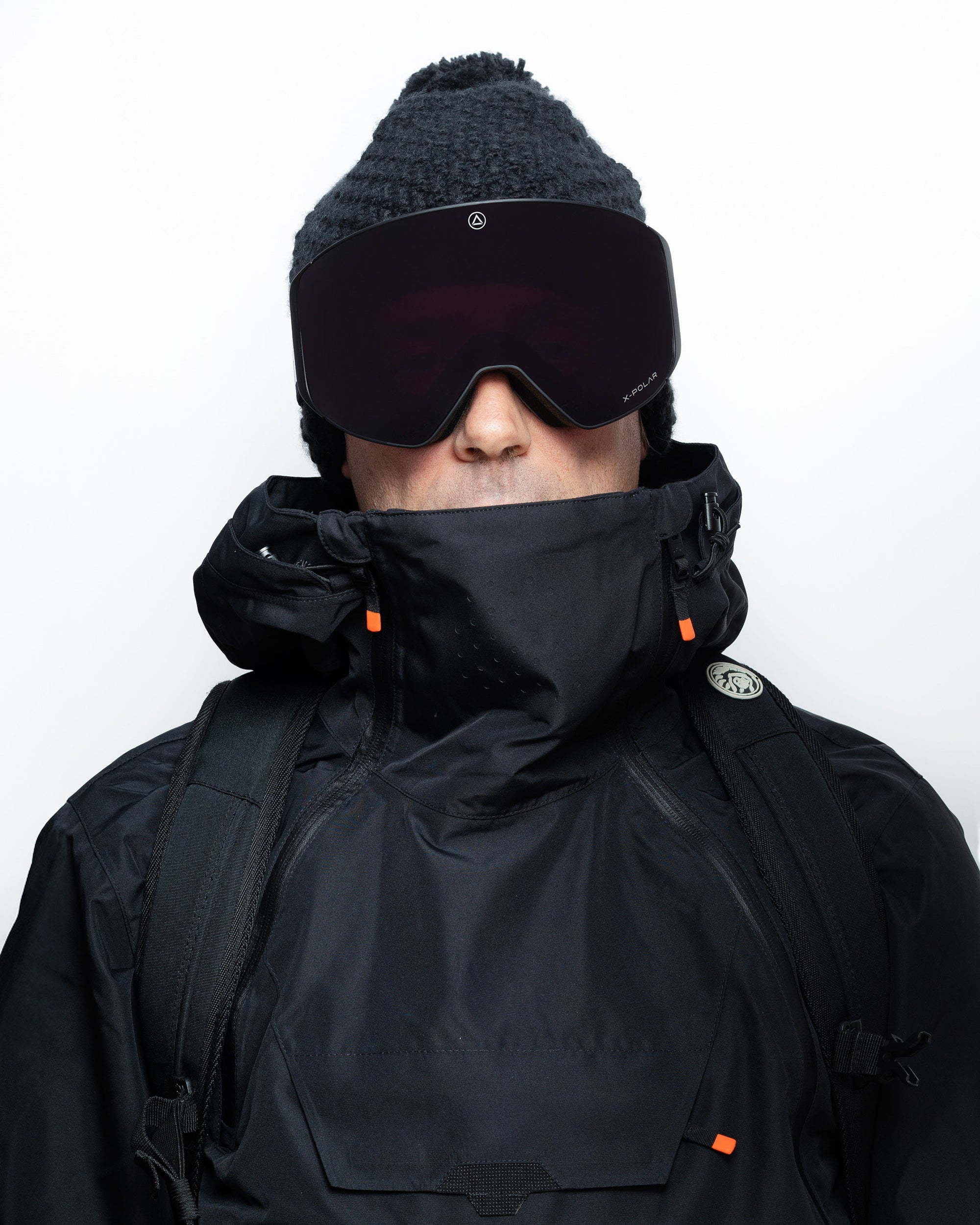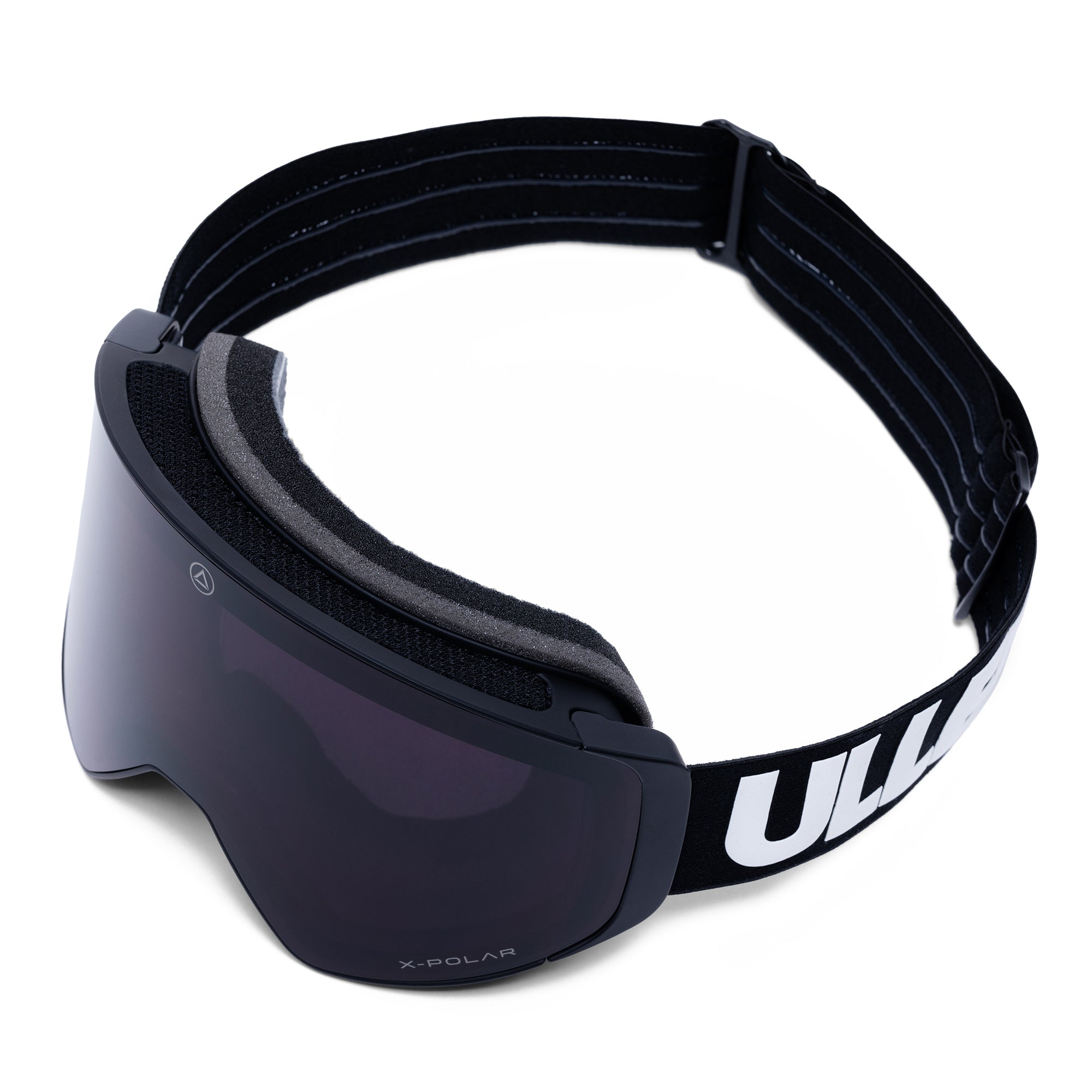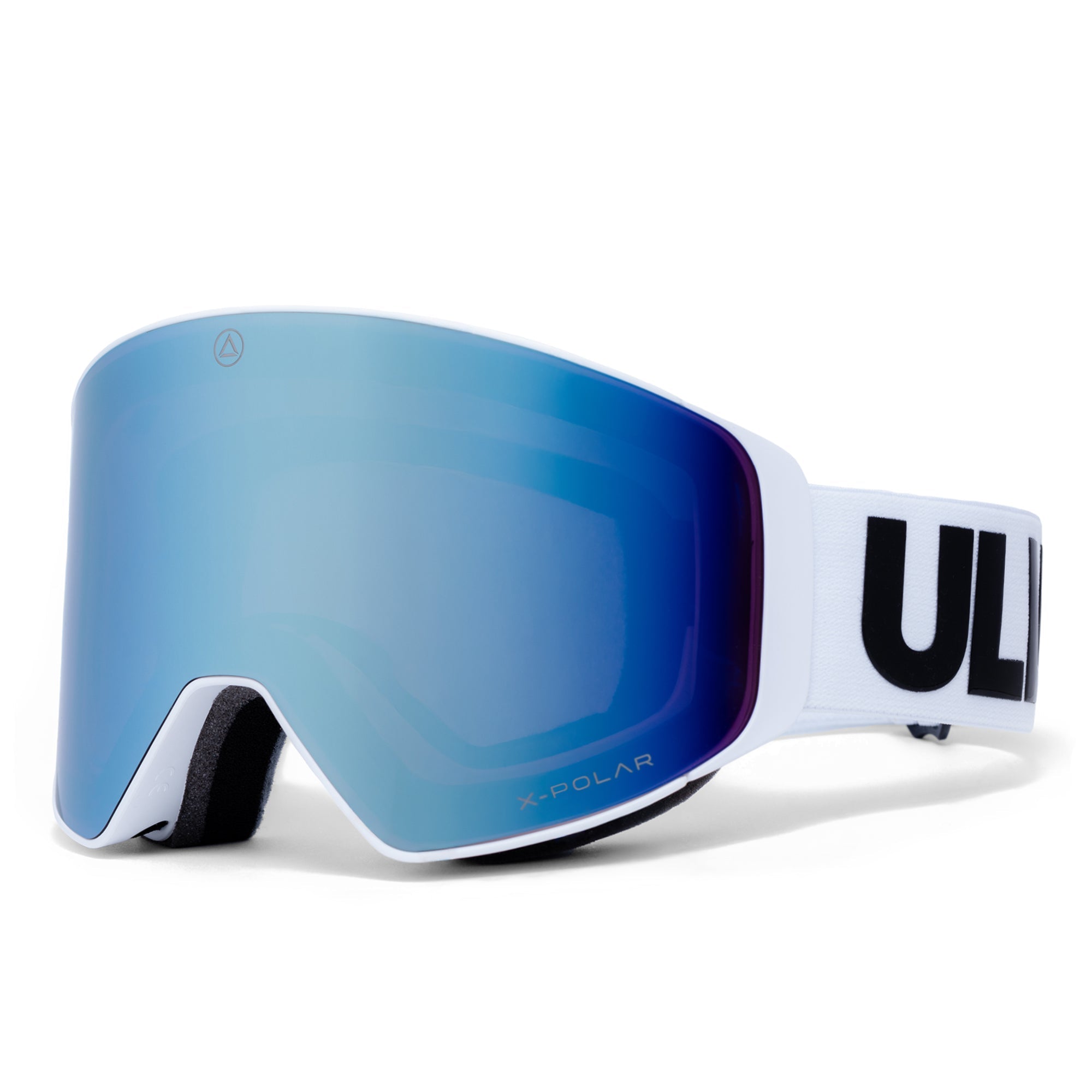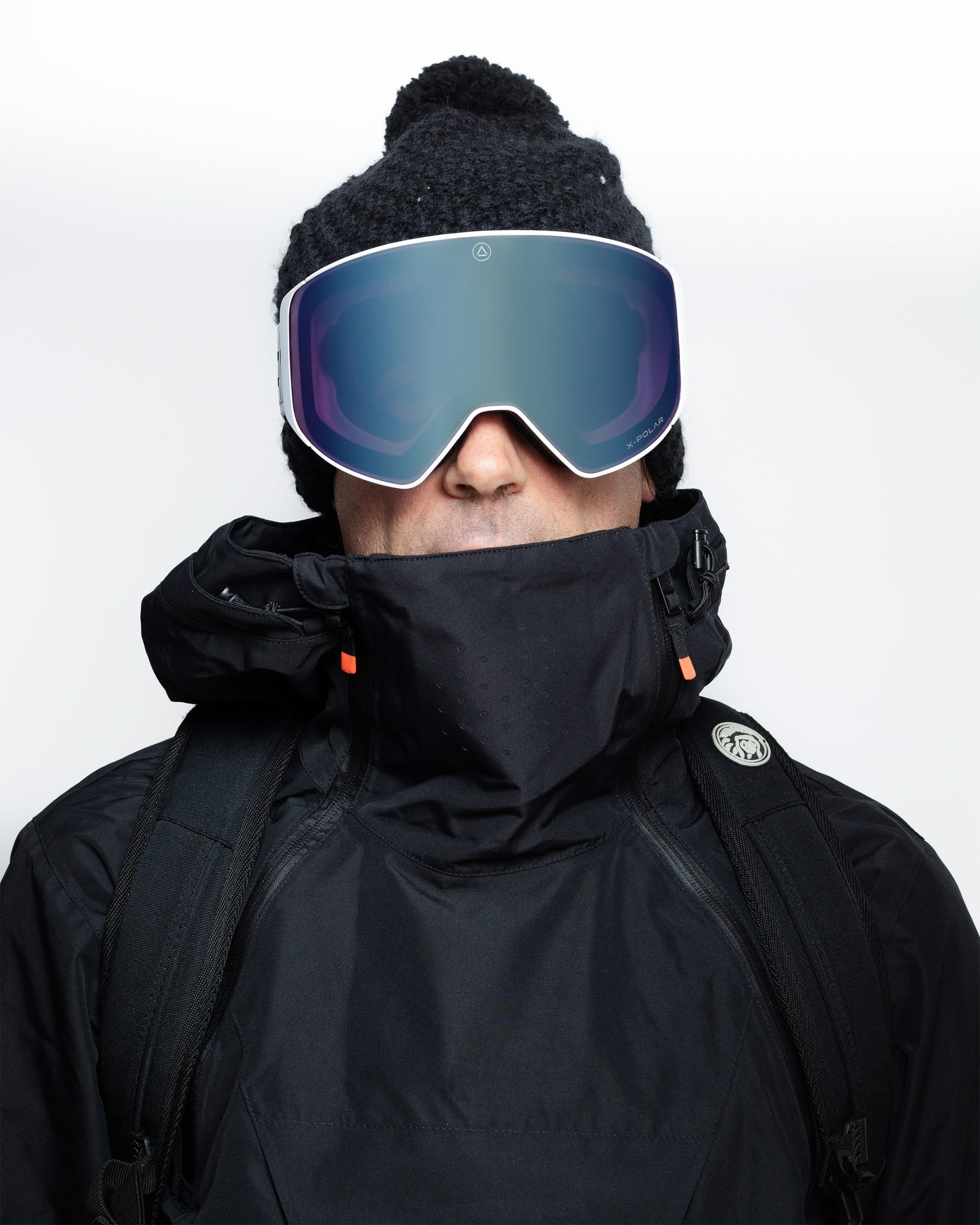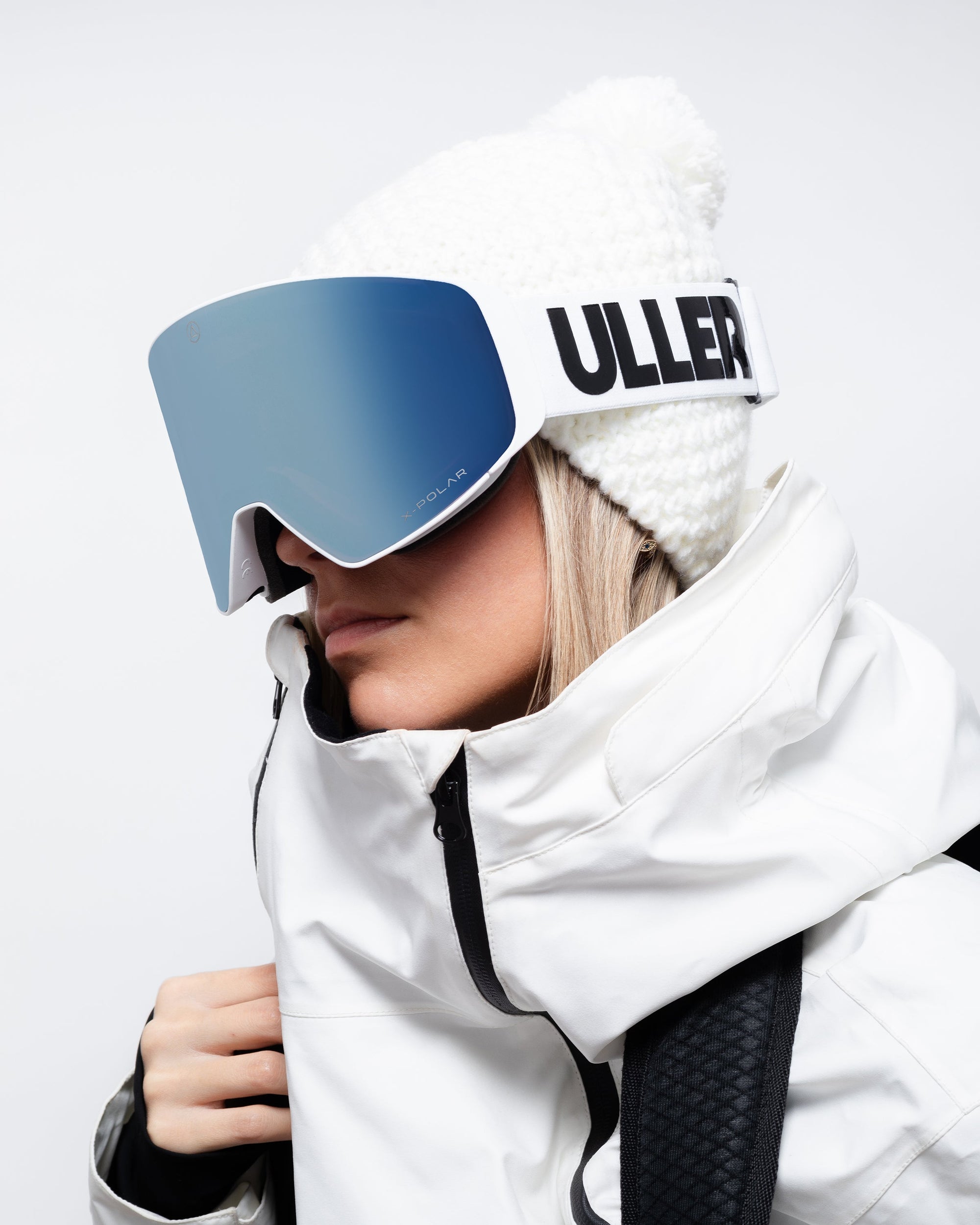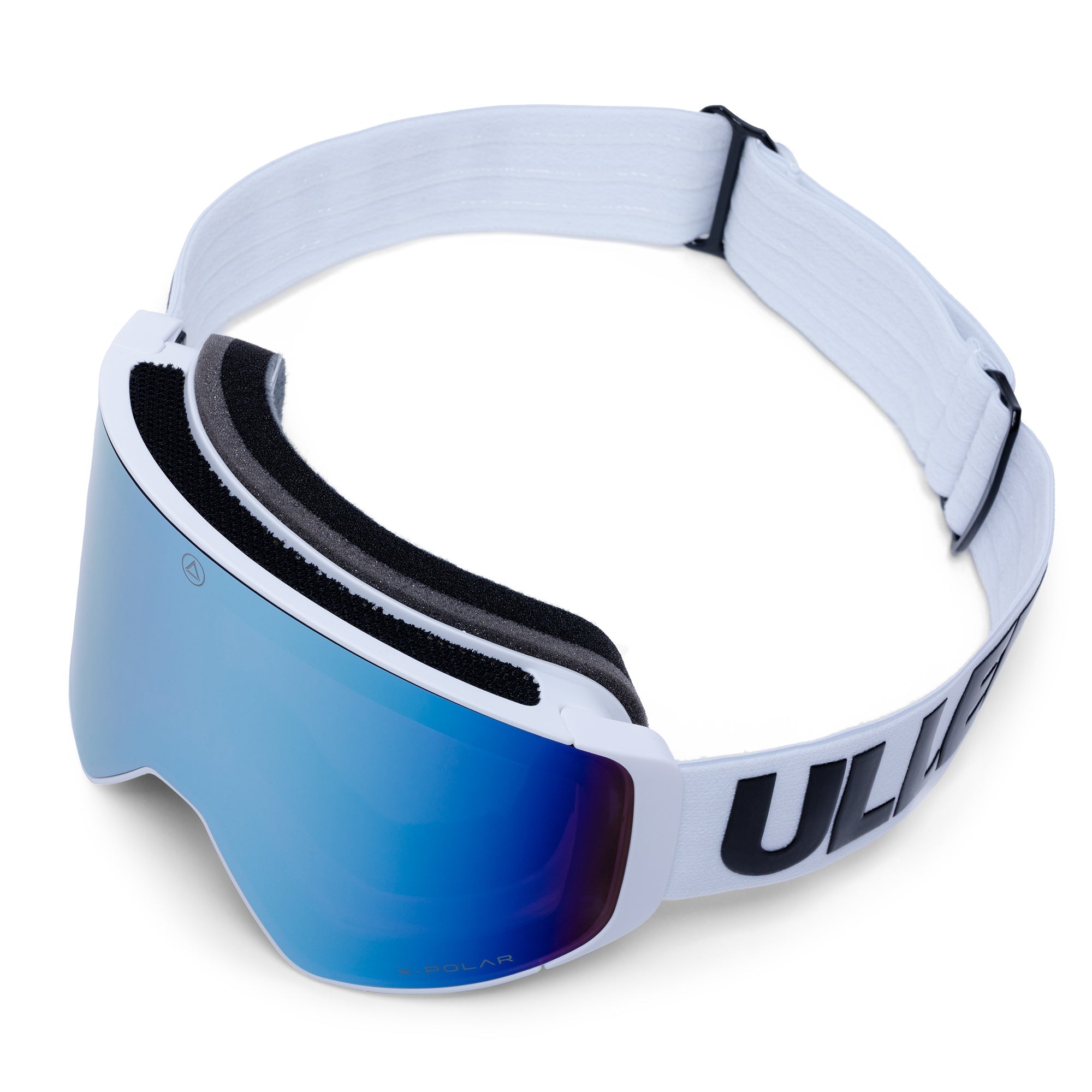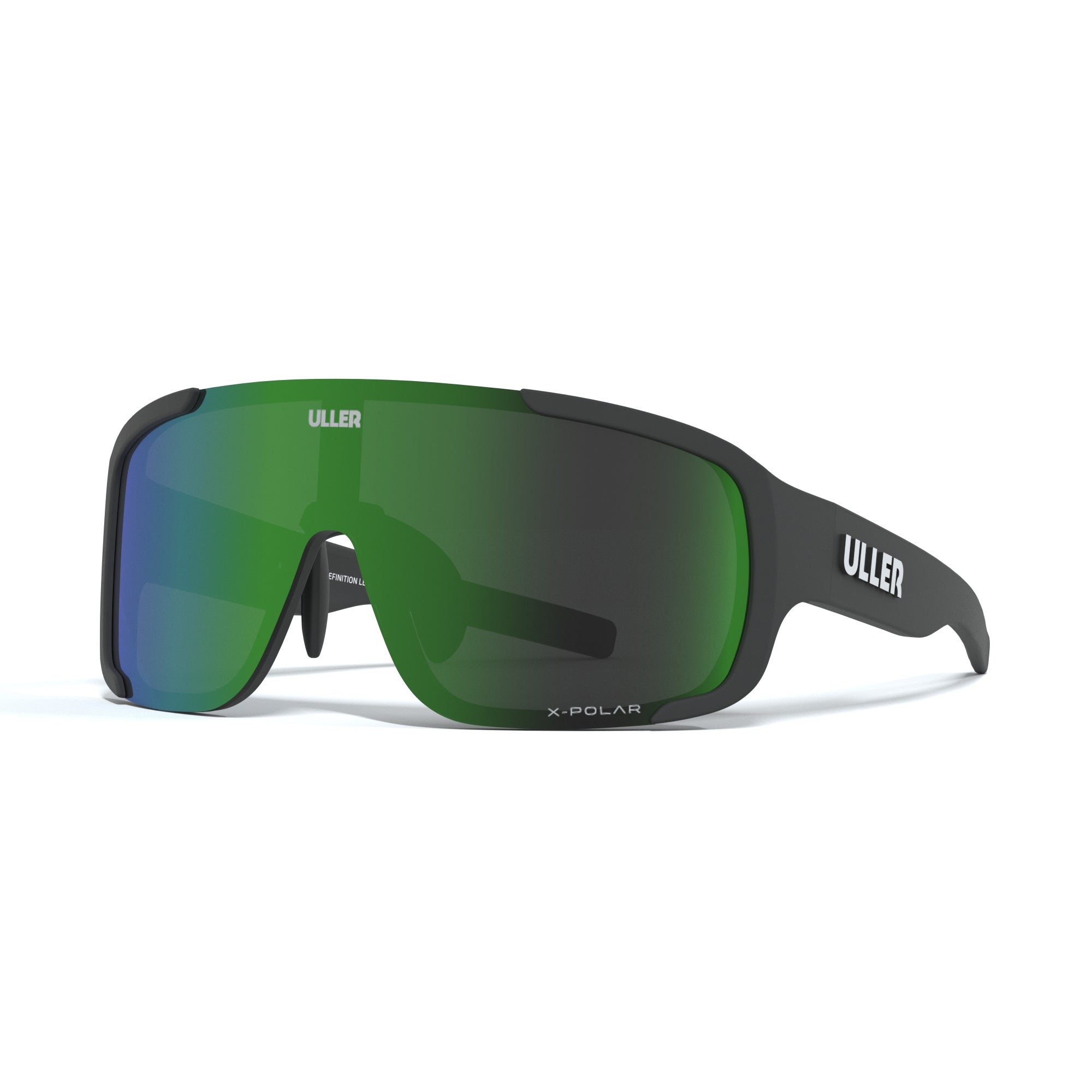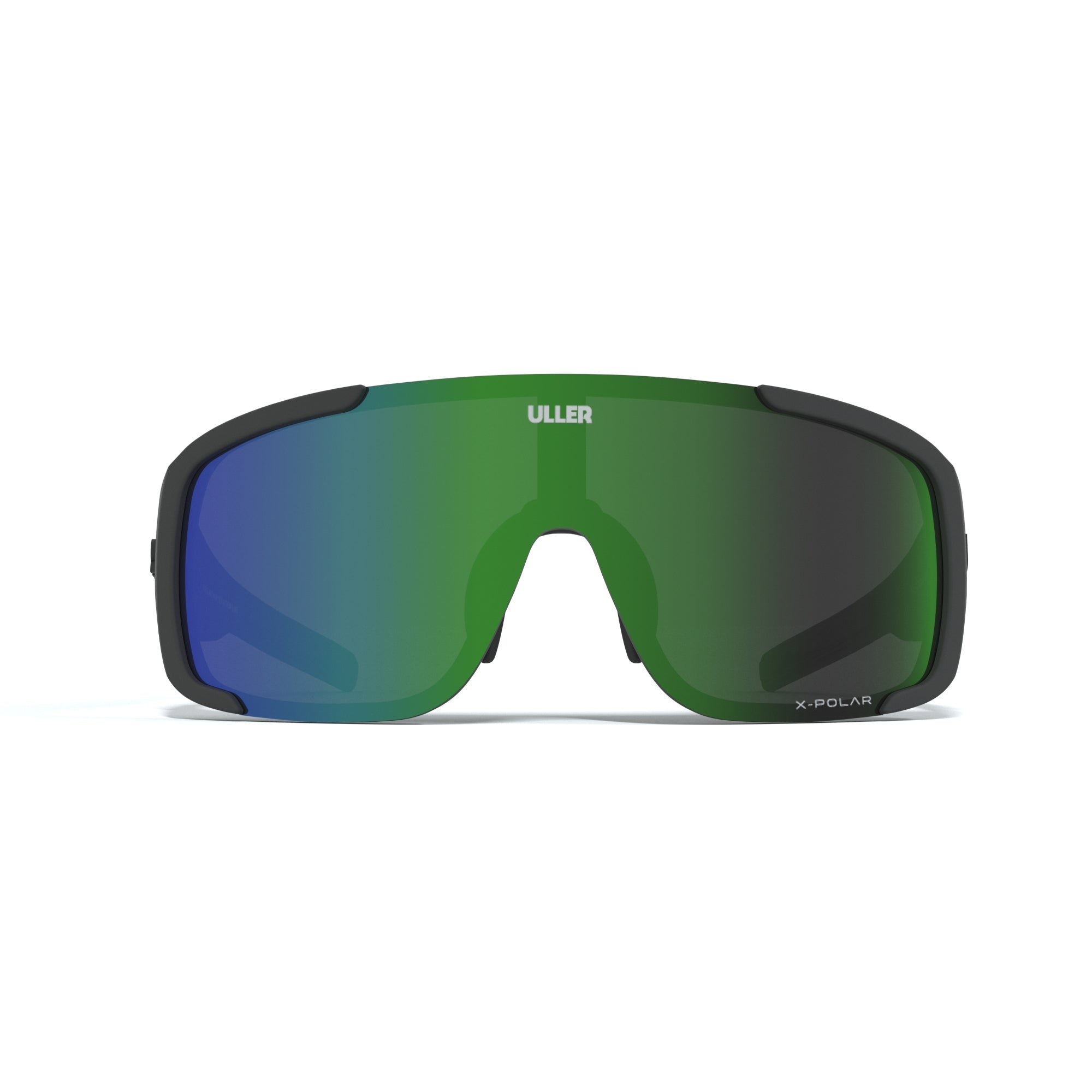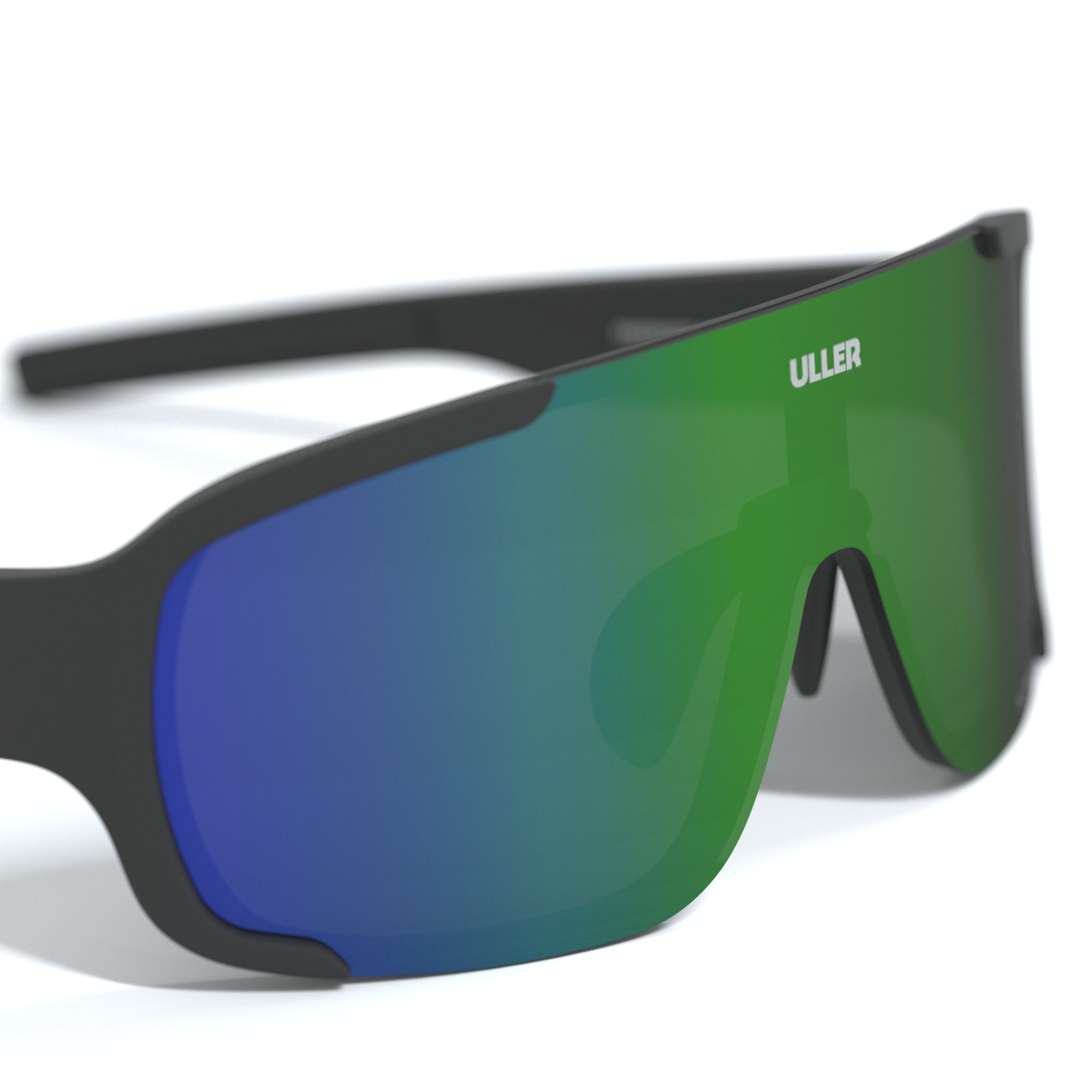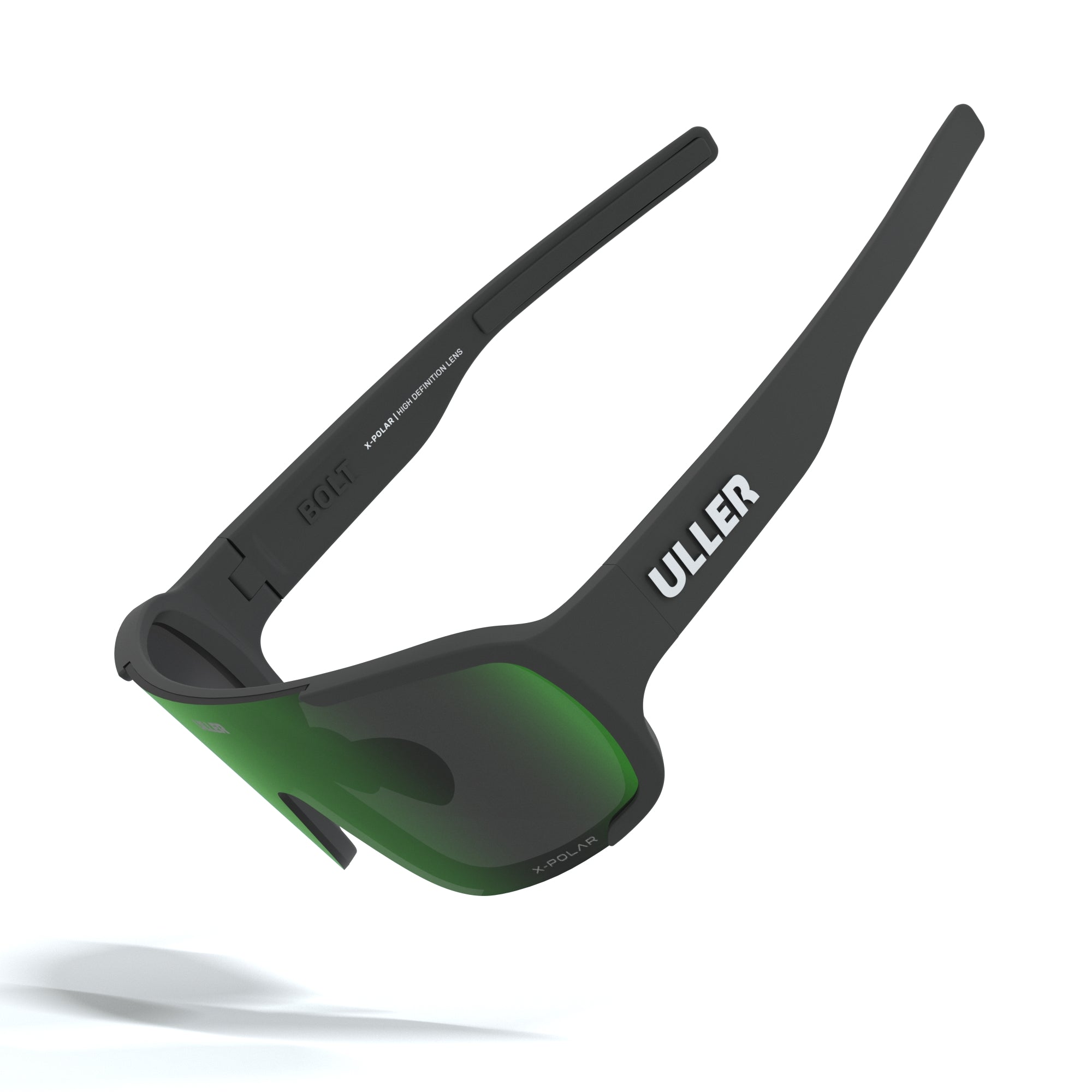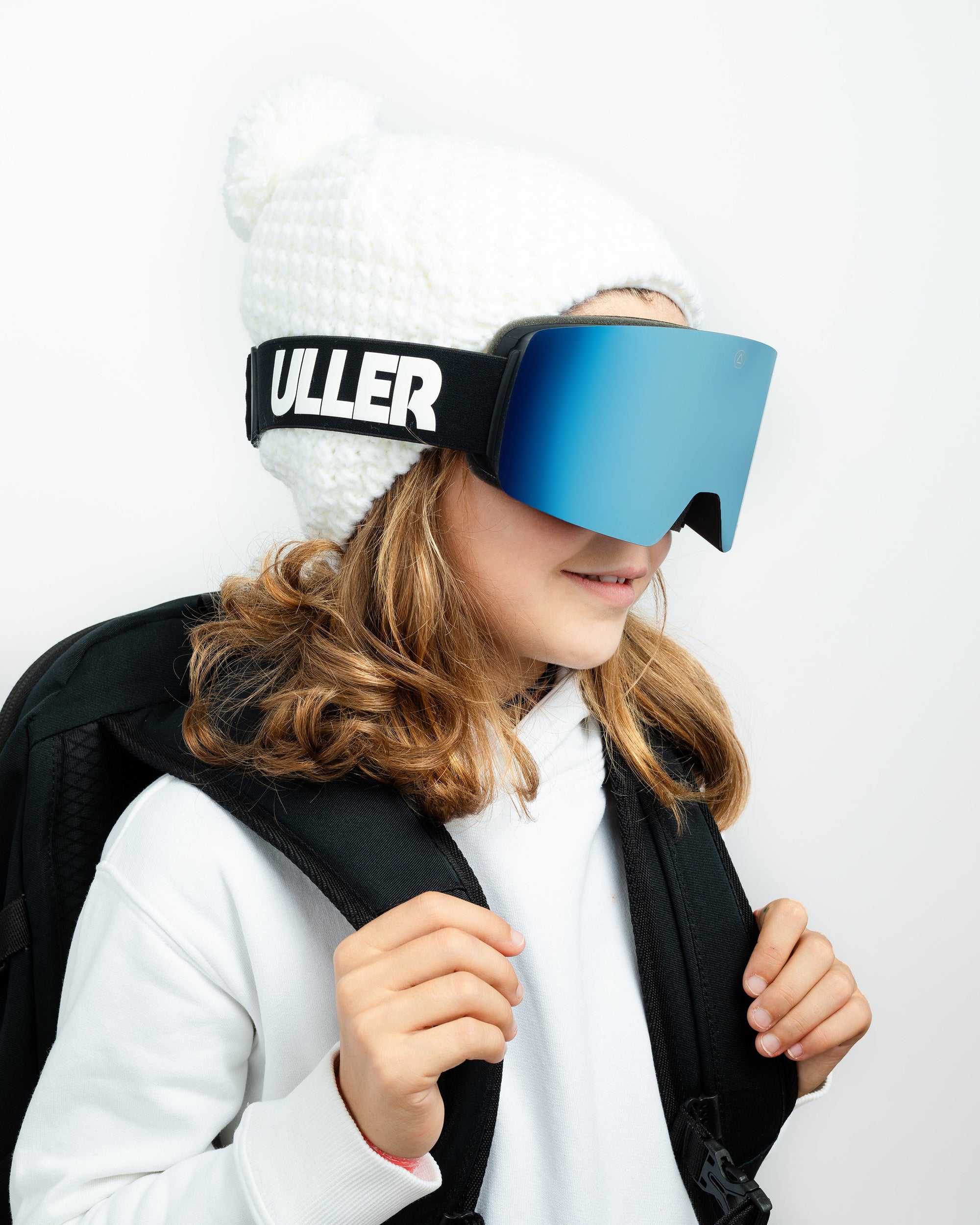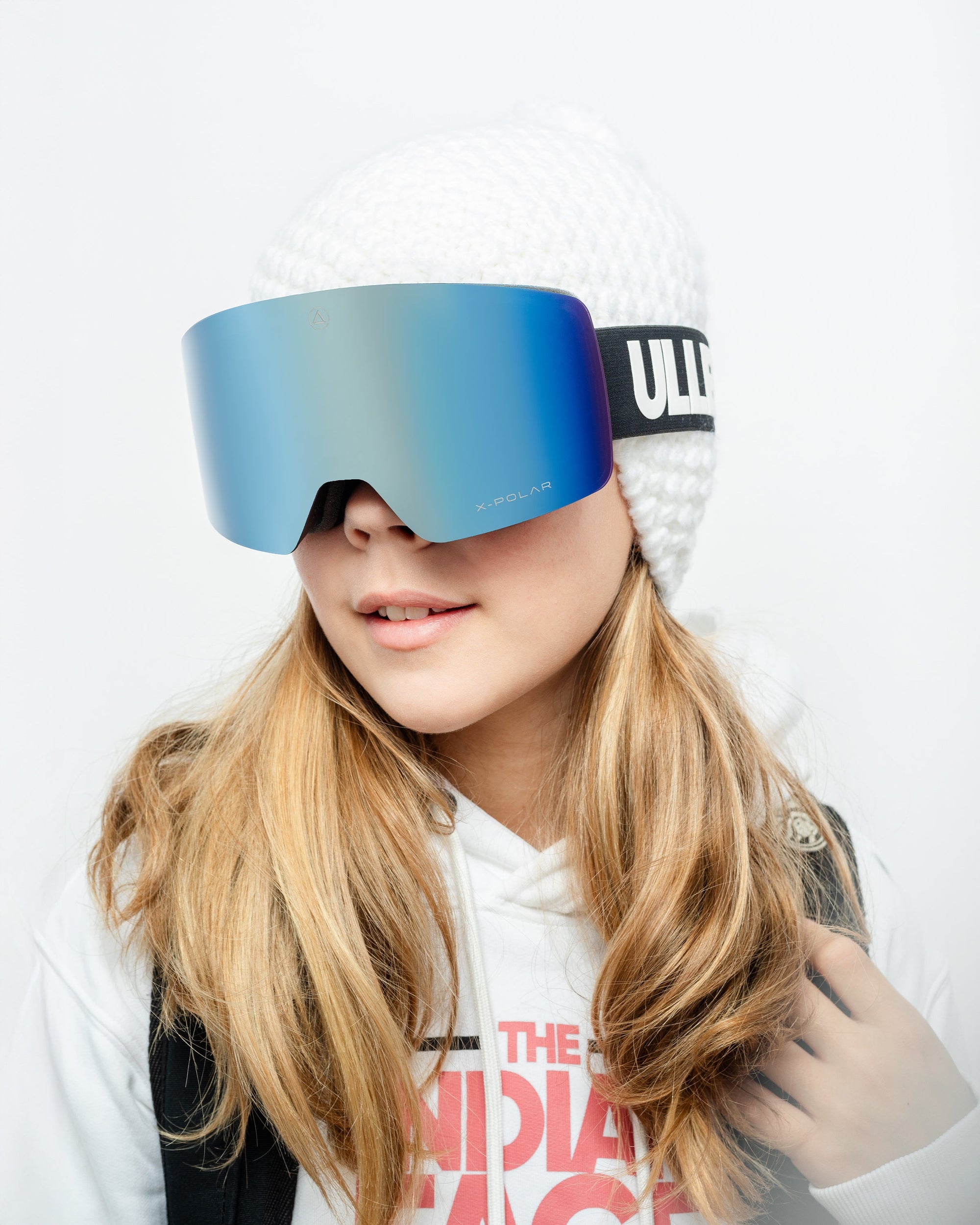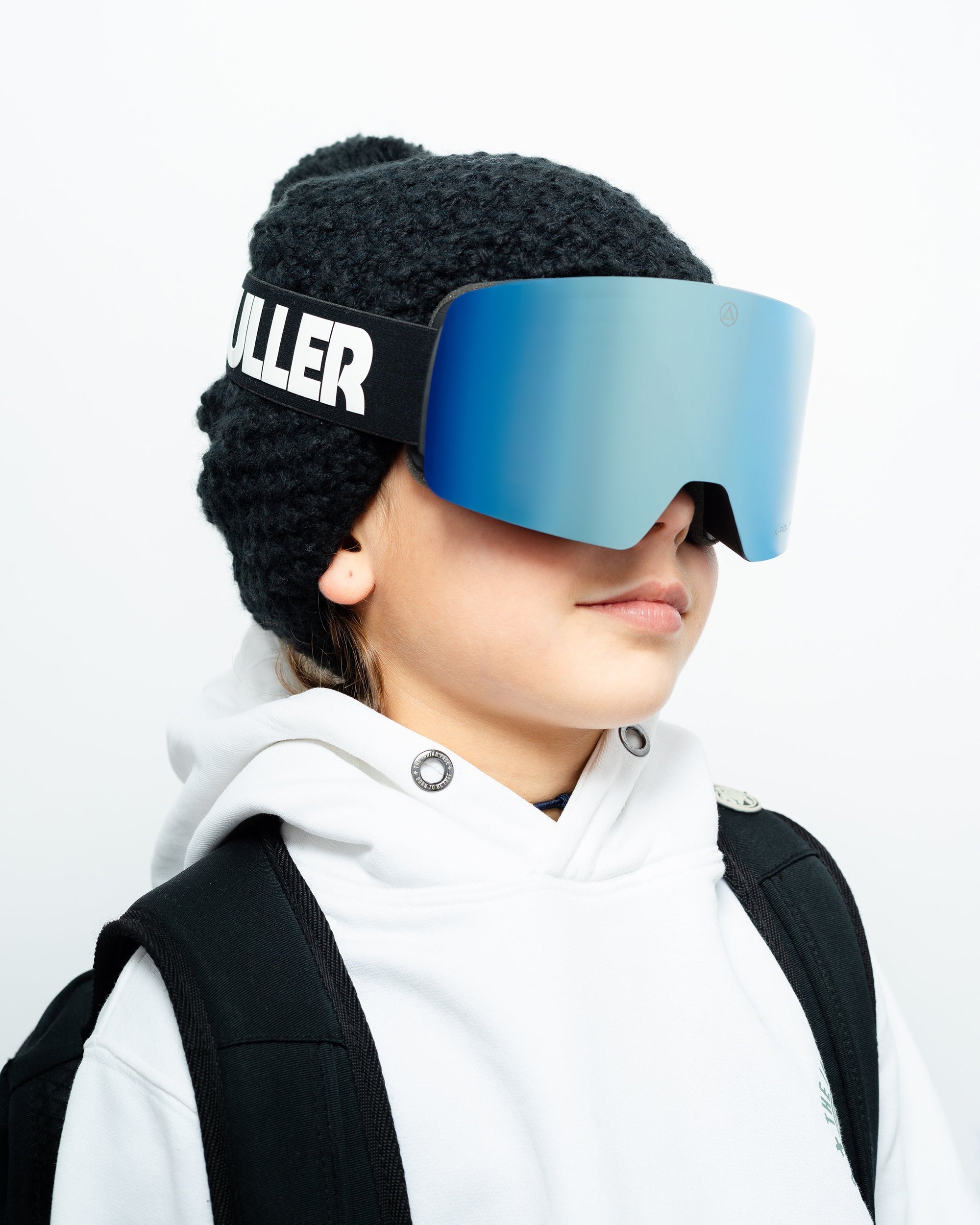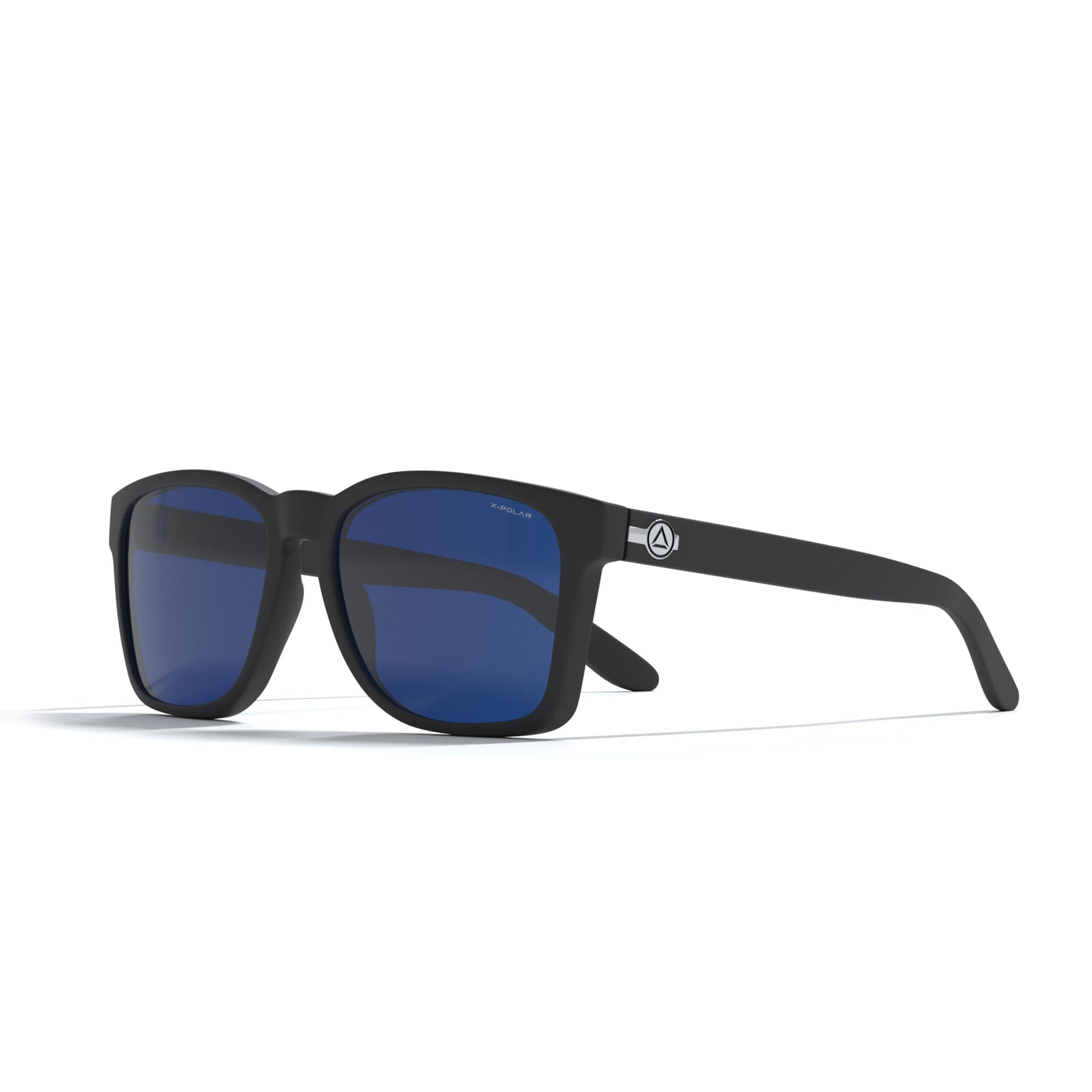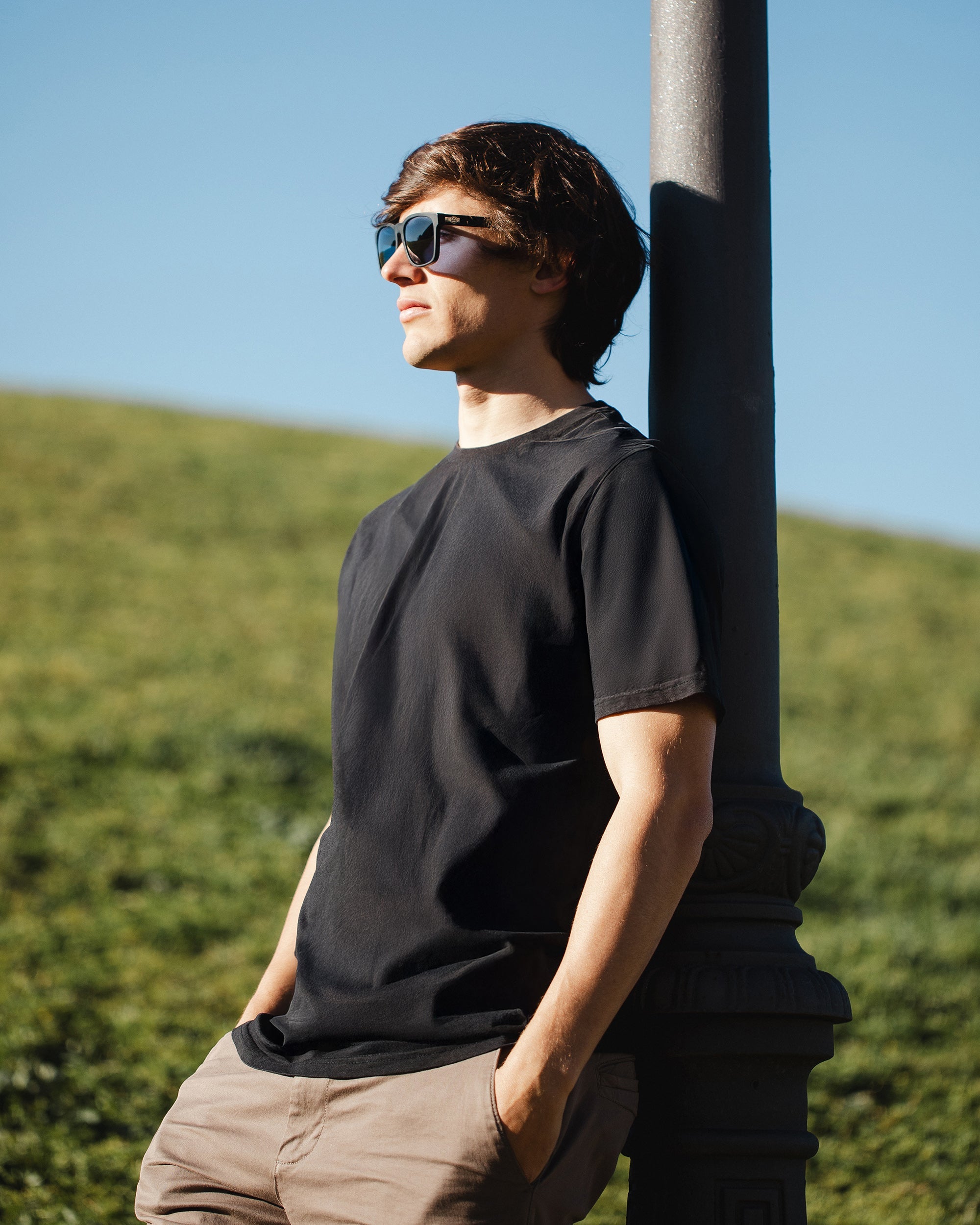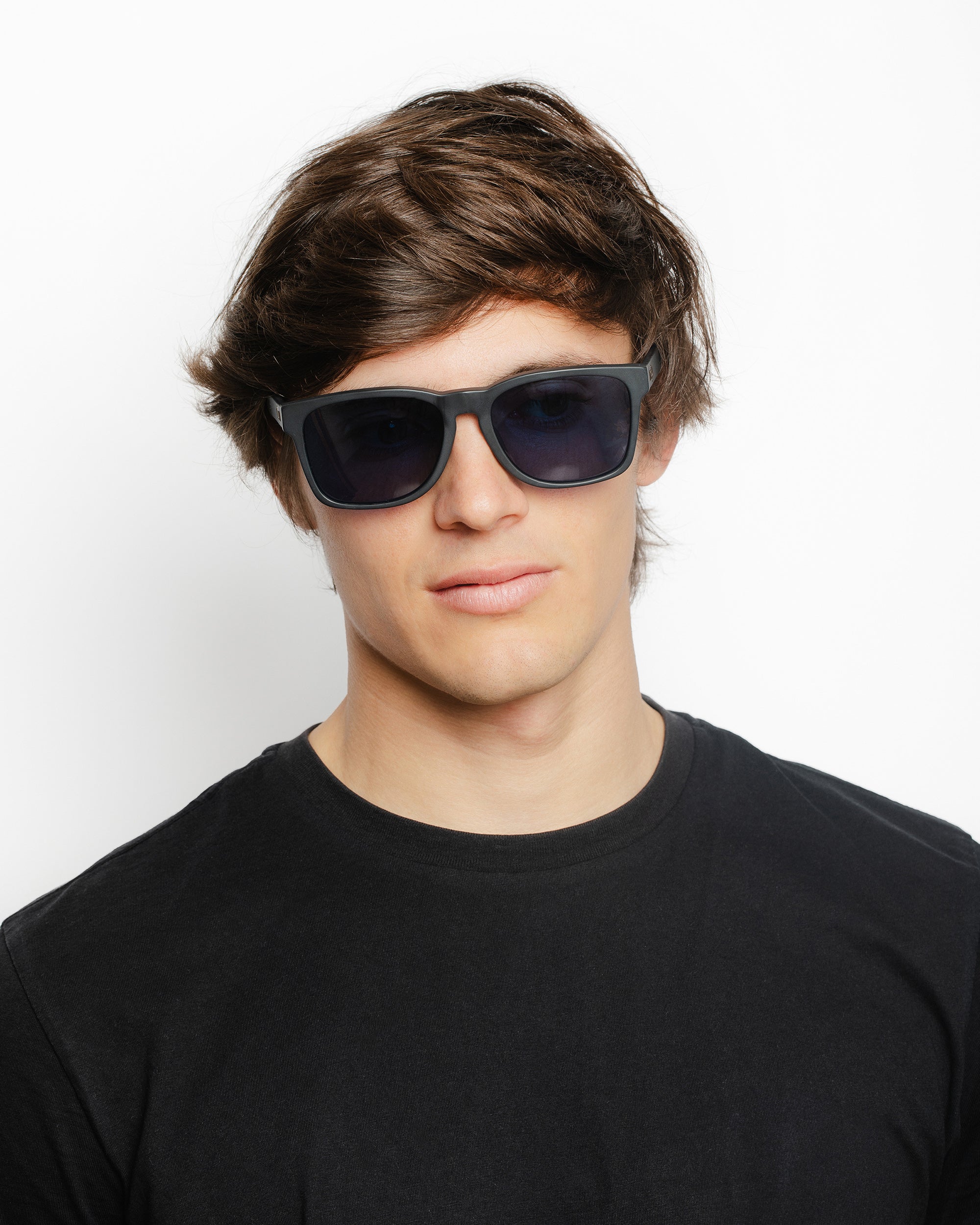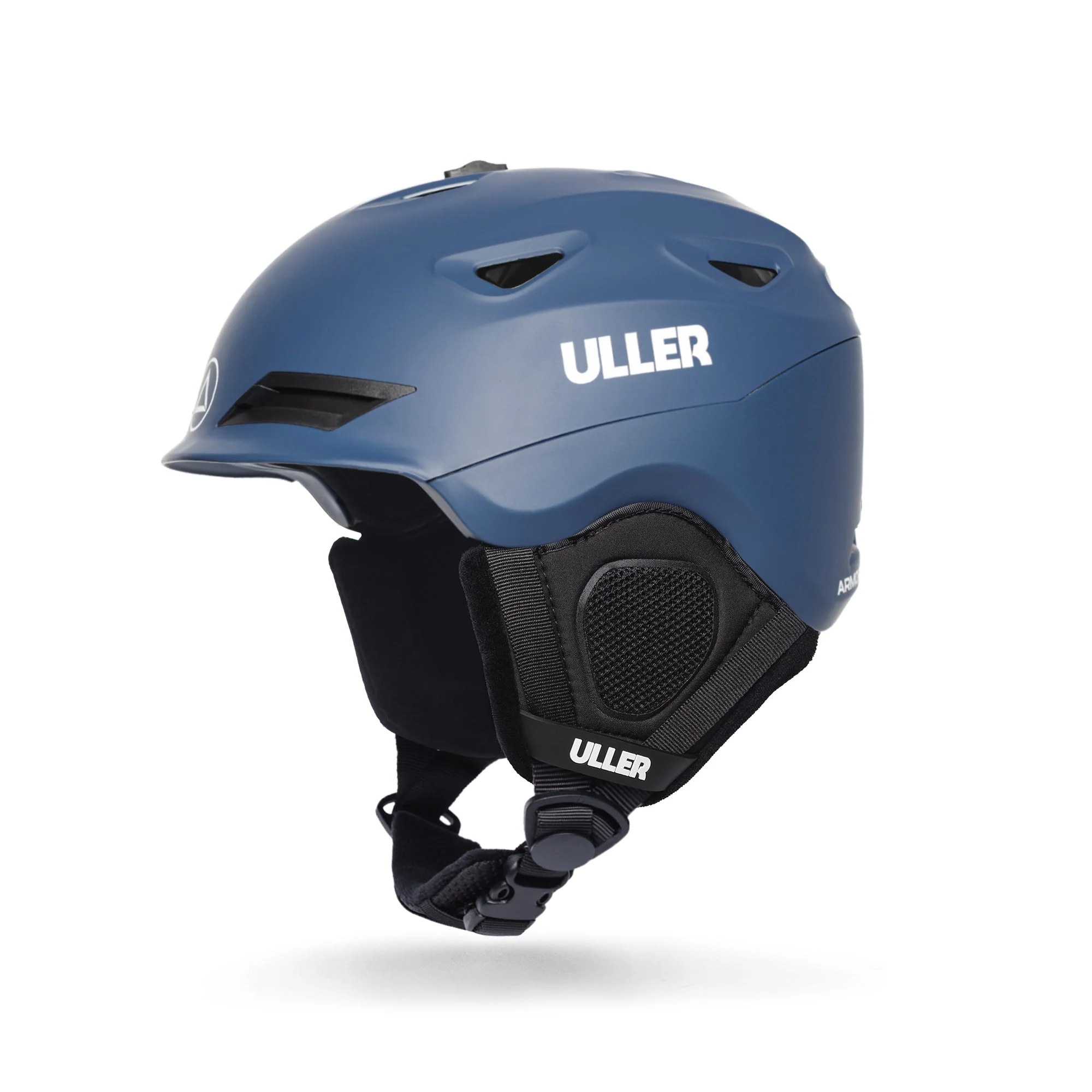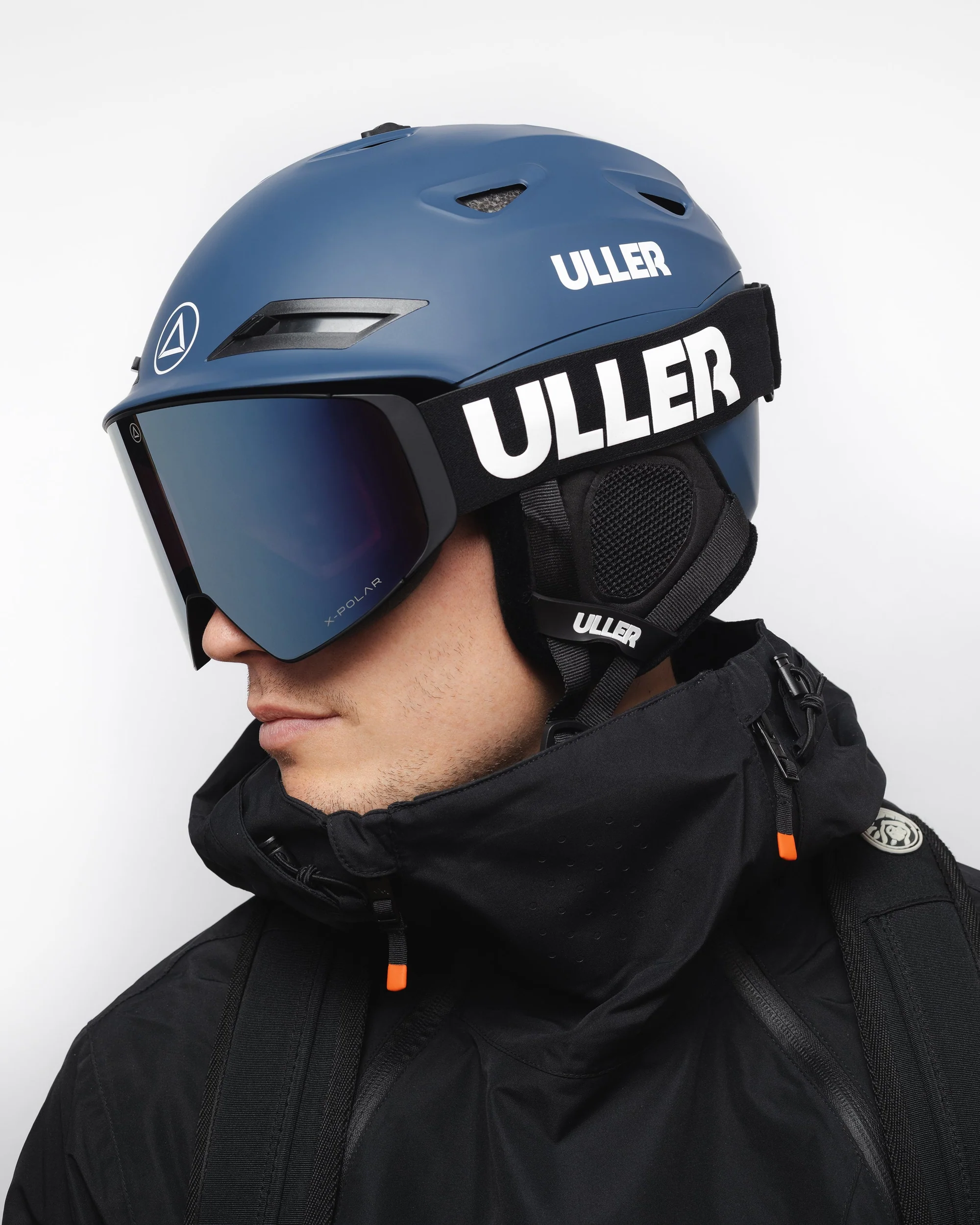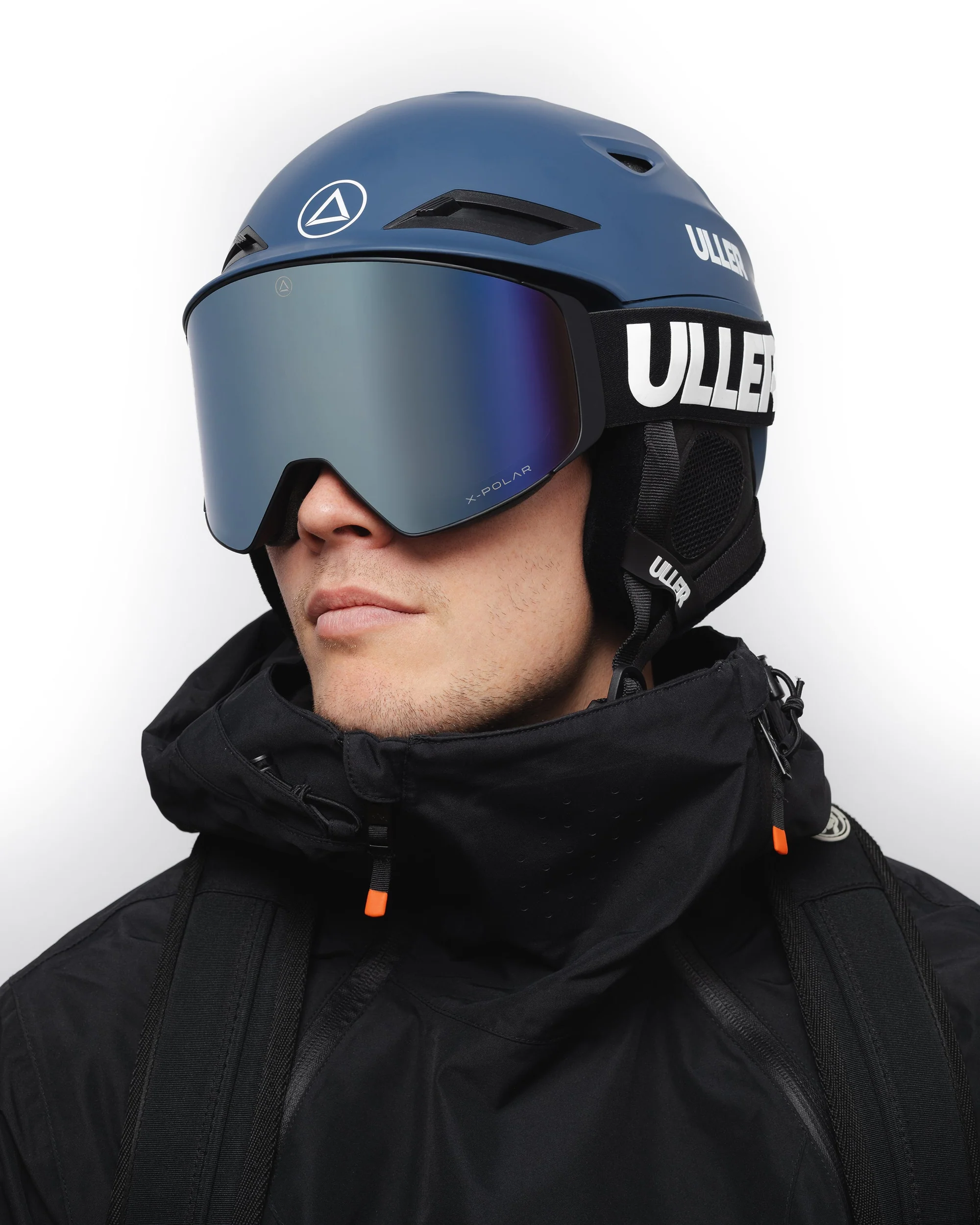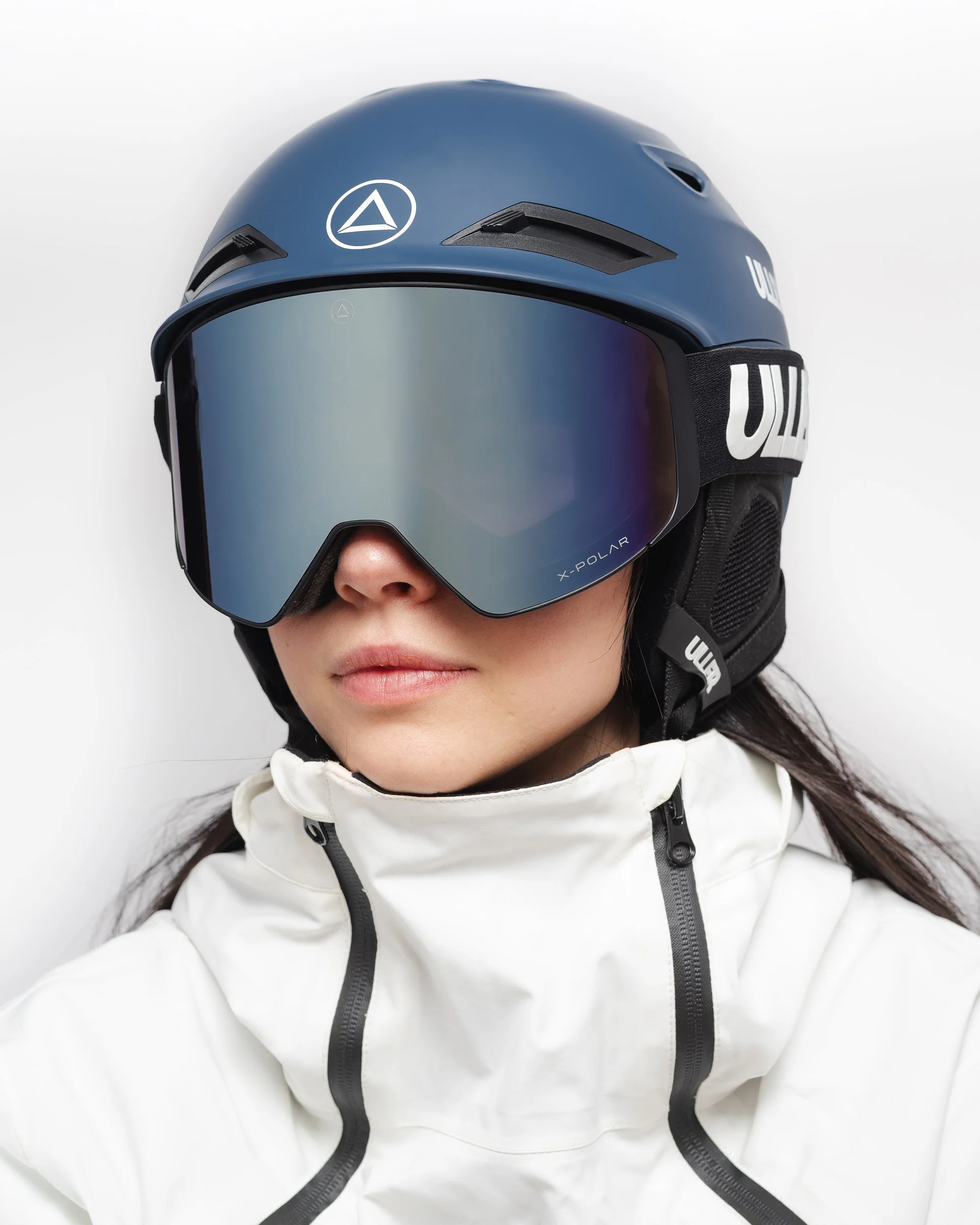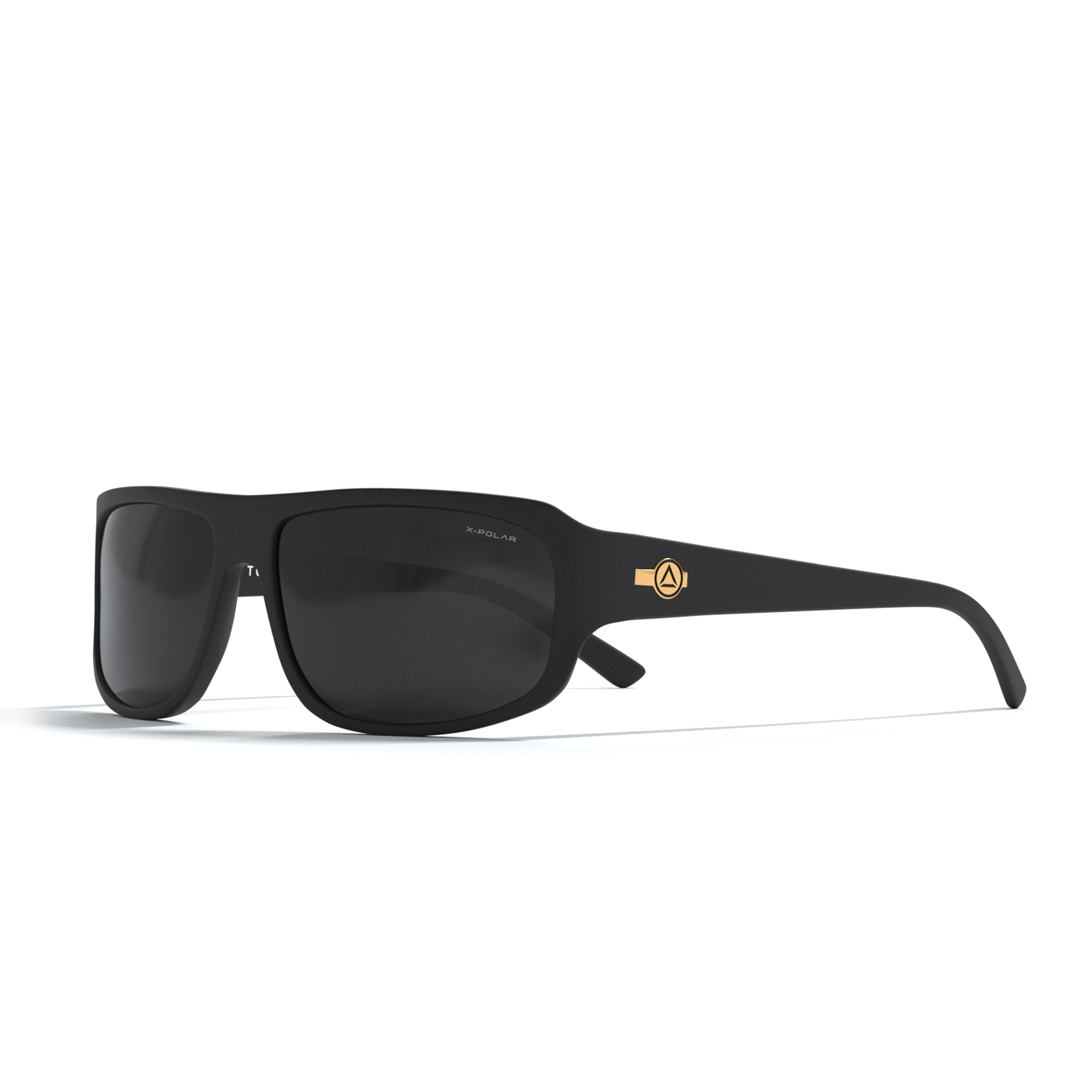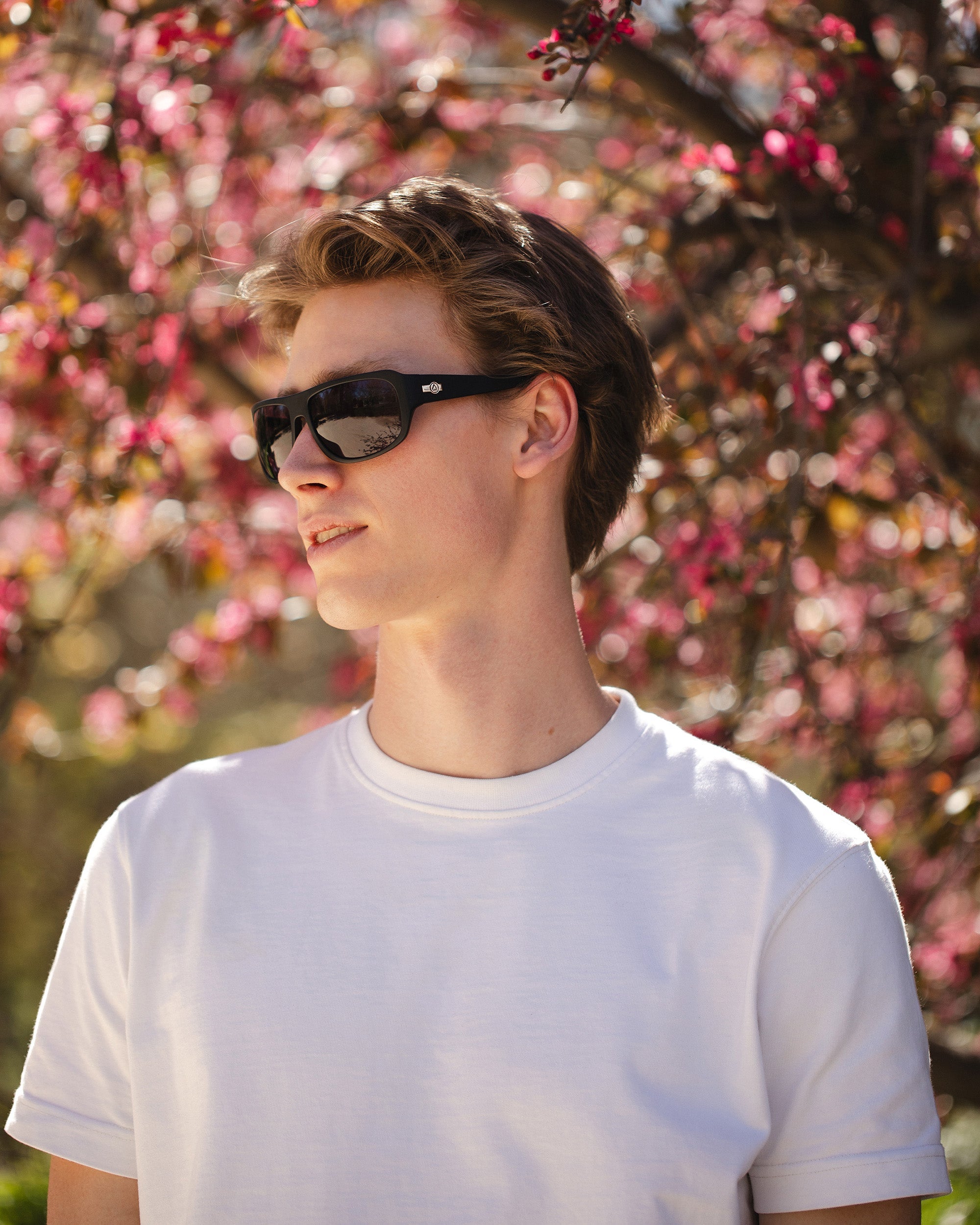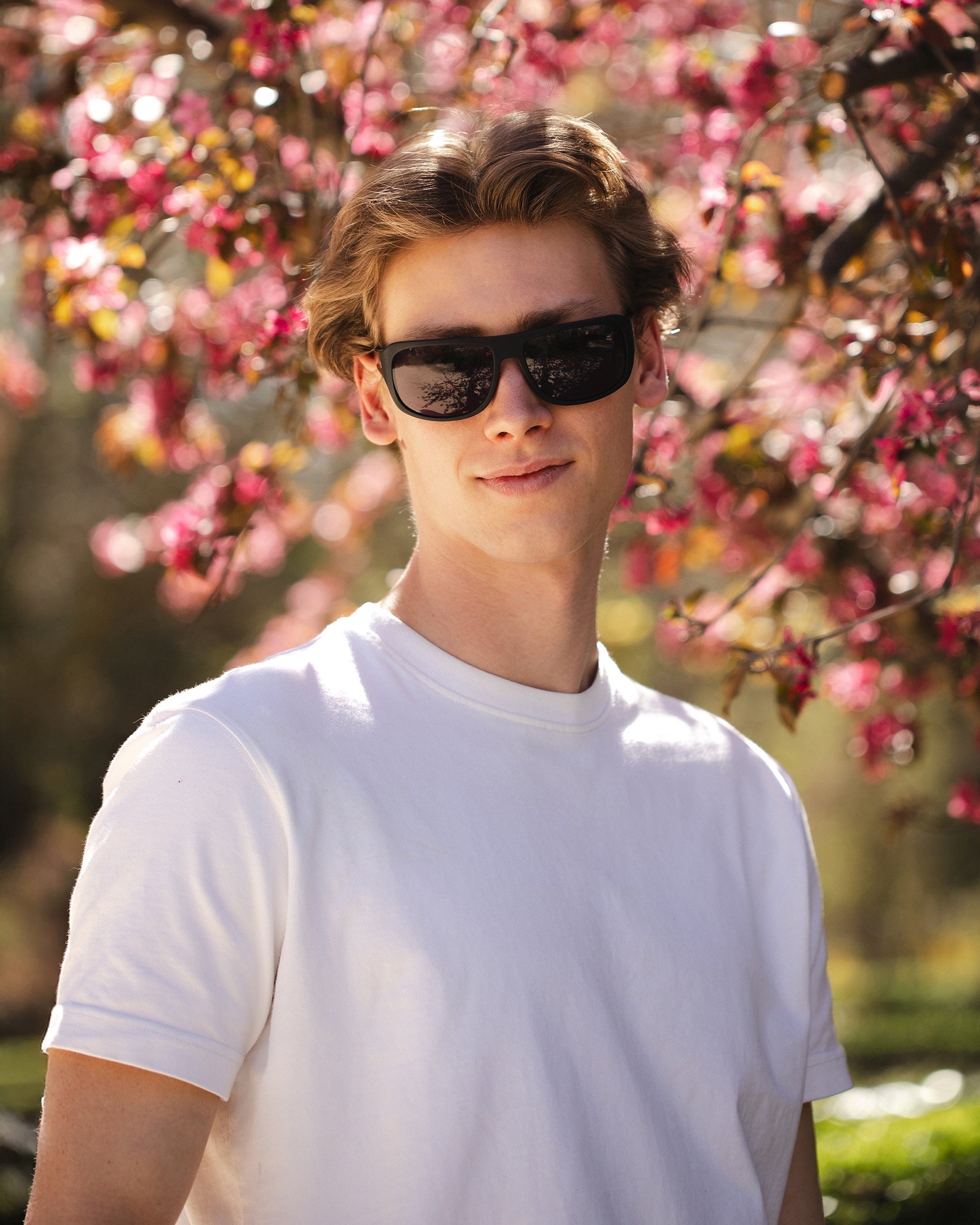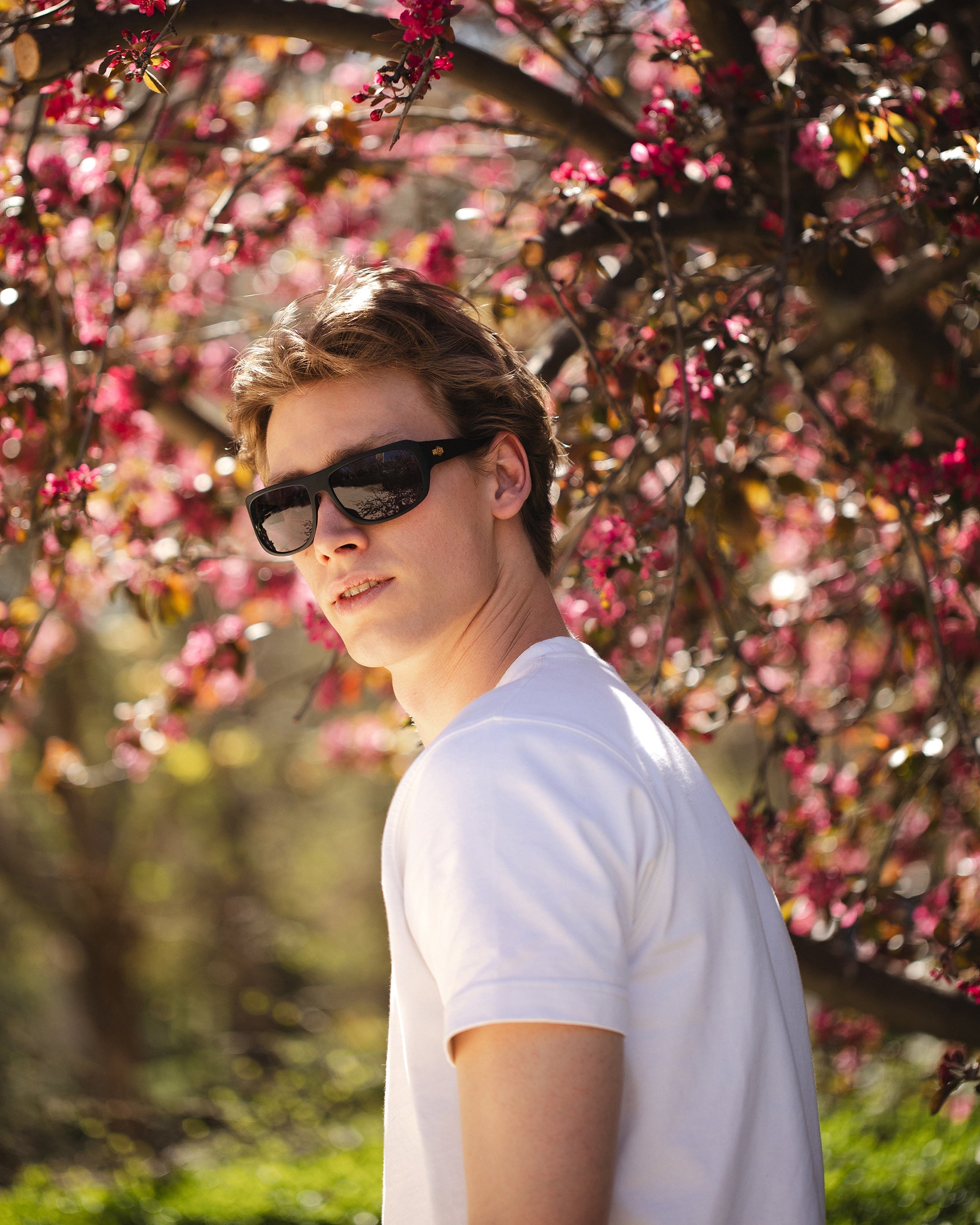We may never be the first to set foot on the moon, but we can be the first to set foot on a snow patch. Can you imagine reaching areas that no one had ever reached before? This is what the randonnée allows you. A very fashionable activity lately that combines skiing with hiking. Ready to discover nature while practicing another sport? Stay to discover everything you didn't know about randonnée.

WHAT IS THE RANDONNÉE?
The word randonnée comes from the French “march” and “excursion”. It is not only about descending the snow-covered slopes, but also requires the physical effort of climbing them on skis. However, all the effort and travel is worth it, since it allows you to reach inaccessible areas that perhaps no one had been before.
On the other hand, keep in mind that this activity should never be done alone. It will be important to be accompanied and with a good team to go to in case of any danger or accident. It is also recommended, before going into the mountains, to give some winter mountaineering classes, first aid, rescue or avalanche courses. It all depends on the risk levels you want to take, since there are routes that do not pose any danger.

WHAT IS THE ORIGIN OF THE RANDONNÉE?
The origin of randonneé comes from the Alps in the first decade of the 20th century. One of its pioneers was John Thompson who is considered by many the first modern mountaineer. Thompson was in charge of delivering mail about two months out of the month between the Sierra Nevada to remote California mining camps and settlements. It started making deliveries in 1855 and didn't stop for at least 20 years.
Another important figure in the history of randonnée is Cecil Slingsby, one of the first to practice this sport and who crossed the Keizer Pass at 1550 meters high in Norway on skis.

WHAT DO I NEED TO MAKE RANDONNÉ?
The most important thing will be the boards, which will allow us to move around, make turns, descend more easily... what kind of boards to use? It all depends on the level of skiing of the person and the type of route they are going to take. Based on that we will know what kind of boards will be the ideal ones to do randonné. What will vary will be the length and width of the ski and its turning radius.
Next, we will talk about the bindings, the so-called Alpin Trekker. Surely this is the most characteristic of randonné since it allows our heel to come off the board and take a natural step almost as if we were walking. There are also different modalities.

Many people use the same ski boots for skiing, although it is really recommended to use ones that are not rigid and that allow a system to unlock the boot shaft in order to move better. This specific type of rando will allow you to adjust your boot depending on the course you are facing. To raise the boot it is established in the function of walking and to slide in function of skiing.

On the other hand, there are so-called skins that measure the same as the skis and are glued to the bottom of them. They are called this way because in the past they used seal skins to avoid slipping through the areas where there is more ice. They basically serve so that the ski adheres better to the snow.
Finally, the sticks, a more typical instrument for those who are dedicated to skiing and hiking. We only have to take into account two details: that they have large rosettes and that they are foldable so that we can store them in the backpack.
Other elements that we can add to our rando equipment are sunglasses or sports glasses, sunscreen since lightning is stronger when reflected off the snow, a first aid kit and a mobile with signal.

WHERE CAN I DO RANDONNÉE IN SPAIN?
If you are as amazed as we are by this sport, let us show you some of the best routes to practice this sport in Sierra Nevada, Gredos, the Cantabrian Mountains, Guadarrama and the Pyrenees.
First of all, the route from Mulhacén through Cariguela which takes about eight hours from the hostels. Although the level to carry out this route does not have to be very high, it is important to have a good physical background. The snow is normally hard and windy. For the more adventurous, this route allows you to climb three thousand with your skis on.
In the Sierra de Gredos, we can enjoy a journey through Morezón through the Barrerones and the Grande lagoon. The duration of the route will be 7 hours with a medium difficulty since it is a hard climb. On the other hand, this route allows you to reach a certain level of altitude with your car and put on your boards as soon as you get out of your car, to start skiing from the first minute!

The most complicated part of this path is the one from the crest of the Barrera de las Pozas, after crossing the slope to the summit of Morezón. However, the most entertaining part of this journey is the descent. The best skiers will do it directly from the summit towards Navasomera on the east side. If your level of skiing is not that high, you can go down the crest until the slope is no longer so steep.
In the Puerto de Cotos in Rascafría we find a shorter route of only 3 hours, but just as exciting as the rest. This route is already a tradition for mountain skiers when the first snow falls in this area. In 1990 it was declared a Natural Park due to its most spectacular glacial cirques, forests and lagoons, which give this route an exclusive value.
In addition, it does not have great difficulties and is perfect if you are not yet a professional at random.
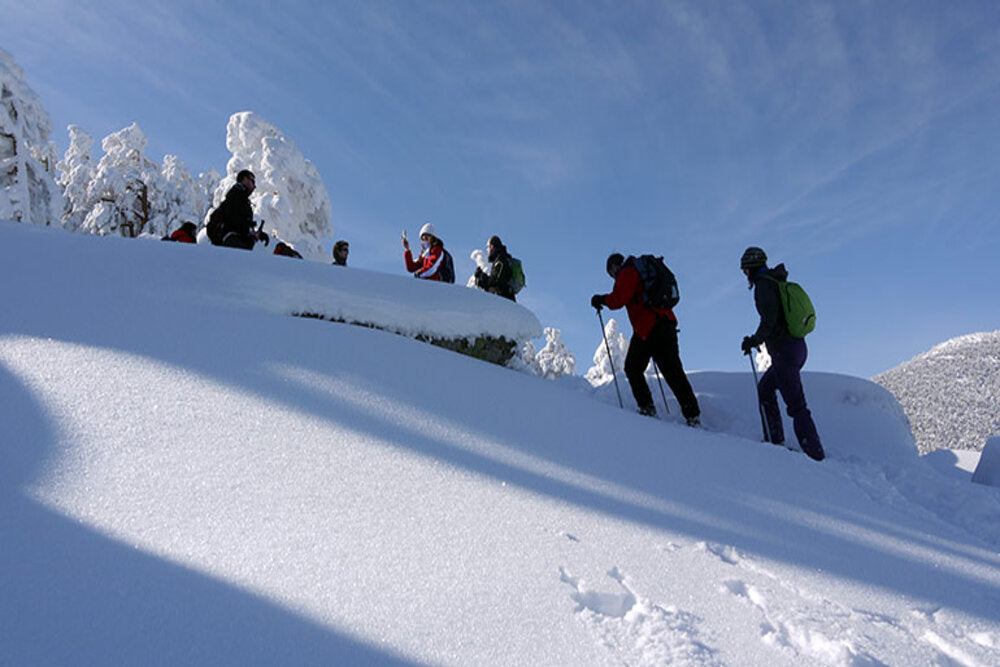
We move to the Cantabrian Mountains, more specifically to the Peñalabra route through the Pesdrasluengas pass. We also find a very attractive route for beginners that does not exceed two thousand meters of altitude and lasts four hours. However, it is also characterized by its closed mists, so in the mountains the danger can be where we least expect it and care must be taken.
Finally, in the Pyrenees we have the route of Aneto through the Renclusa which is highly difficult. We are talking about an eight-hour route with very technical steps in certain sections that we must know to overcome that part.

This activity that began as a necessity to move between the complicated paths of the mountains, is currently in fashion. After knowing all these curiosities about this activity, what are you waiting for to practice it? Put on your boards and enjoy the snow in a simple way... but different!
QUESTIONS AND ANSWERS
- HOW DO SKIS WORK TO PERFORM RANDONNÉE?
They are a type of ski with bindings that will allow us to lift the heel when necessary and ski when a section of slope allows it. In addition, it has some skins at the bottom so that the snow adheres well to the ski.
- WHAT ARE THE MEASUREMENTS OF THE TABLES TO PRACTICE RANDONNÉE?
For the practice of randonnée, it will be important that our boards have measurements that are light enough so that they do not weigh us down when walking, but stable for the descent. Therefore, we would be talking about skis between 5 and 10 centimeters than your height and with a width of 80 to 90 millimeters.
- WHAT TYPES OF ROADS ARE THERE?
Depending on where the route is, there is a different terminology:
- Frontocountry: terrain that is off-piste, but within the limits of the ski area.
- Slackcountry: is accessed by lift and is off limits to the marked ski area.
- Sidecountry: off limits, but still allows you to access it by chairlift.








